The best mirrorless camera for 2025: we've tested the latest Sony, Canon, Nikon models and more, for every budget
Today's top camera tech, reviewed, rated and recommended by experts
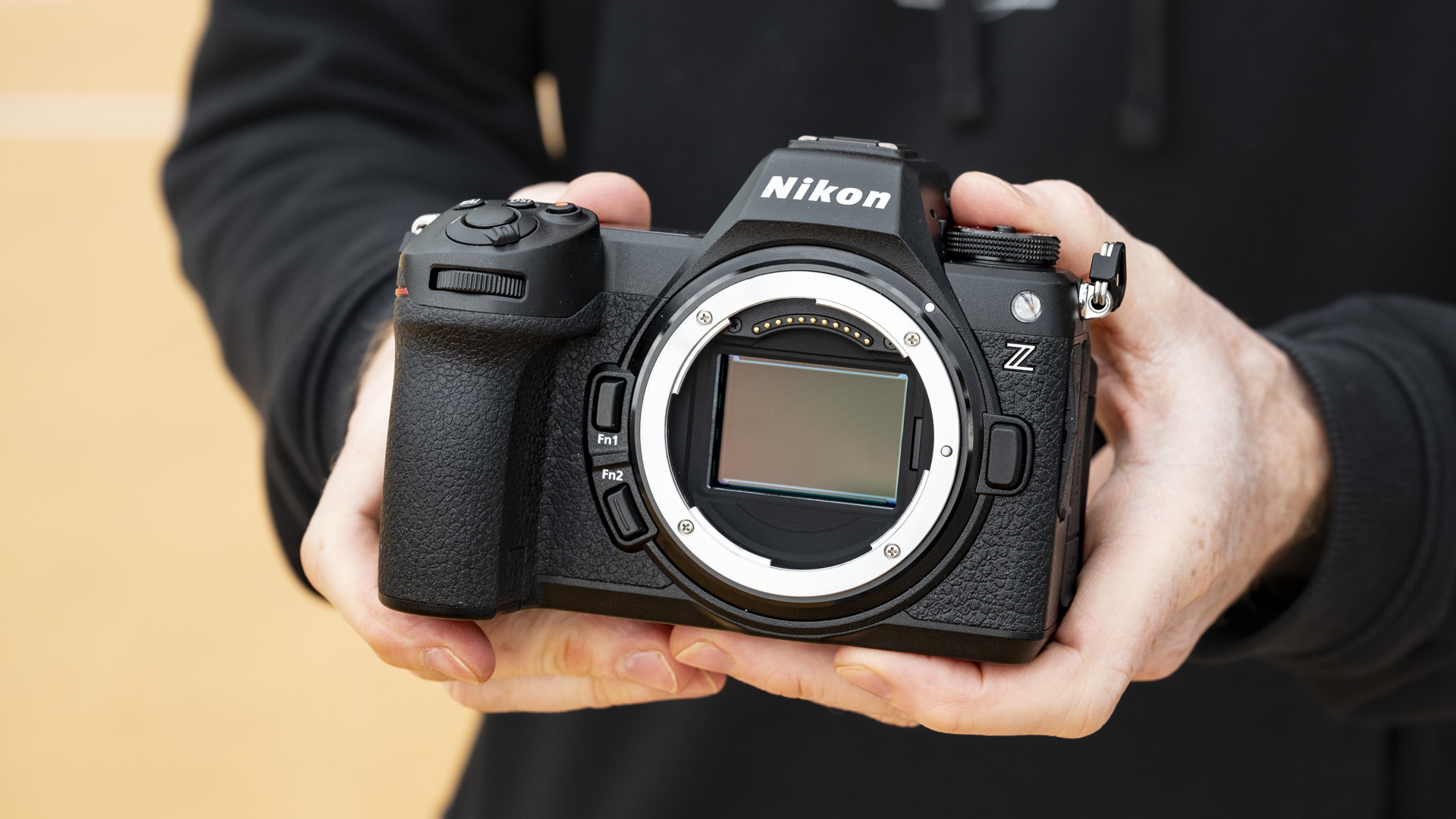
Want the most capable camera available today? Then mirrorless is where it's at. And you can trust me, because I've been testing all the major models from the likes of Canon and Sony to hit the market over the past 15 years. The format has evolved dramatically since the earliest Micro Four Thirds models, usurping DSLRs to become the default choice for almost every photographer, with multiple sensor sizes and use cases covered.
Whether you want an entry-level body or a professional hybrid, mirrorless sets the benchmark in 2025. Consider the Nikon Z6 III: with fast performance, excellent handling and strong video specs, I found it a superb all-rounder during my in-depth review. It’s a truly versatile option for all kinds of users. That said, other models excel in different ways. The Canon EOS R10 remains my favorite mirrorless camera for beginners, while the recent Hasselblad X2D II sets the image quality bar (and is on my wishlist).
This guide includes my top mirrorless picks across a range of categories and budgets. Every camera featured here has been put through extensive real-world testing by me or one of my experienced team, so I can confidently recommend them based on that own in-depth experience. I’ve also included a few worthy alternatives, plus a look ahead to upcoming models that might be worth waiting for.

I'm TechRadar's Cameras Editor. With more than 15 years' experience as a photographer and tech journalist, I've shot with many of the best mirrorless cameras. As a result, I've developed a deep knowledge of what to look for when selecting a mirrorless camera. Canon, Sony, Nikon, Fujifilm, Panasonic and more are all in on the action, focusing their camera R&D in this space. From entry-level hybrids to high-res workhorses, competition is fierce across all categories. When putting together this list, I've tried to cater to every kind of photographer.
Why you can trust my judgement
Every mirrorless camera featured in this guide has been extensively tested by one our expert reviewers, and our team has decades of collective experience when it comes to testing and assessing photography equipment – we’ve reviewed every major mirrorless models since the format first emerged.
☑️ 100s of cameras reviewed
☑️ 15 years of product testing
☑️ Over 16,000 products reviewed in total
☑️ Nearly 200,000 hours testing tech
We test each camera in authentic conditions, from studio shoots to street photography, as well as video production. Our comprehensive reviews cover all the headline metrics, including image quality, autofocus performance, handling, battery life, usability and video features.
To begin with, we look at the camera's design, handling and controls to get a sense of what kind of photographer it's aimed at and who might most enjoy shooting with it. When we take it out on a shoot, we'll use it both handheld and on a tripod to get a sense of where its strengths lie, and test its startup speed.
To test performance, we use a formatted memory card (the fastest supported type be it UHS-I, UHS-II, CFexpress A or B, and so on) and shoot in both raw and JPEG (if available). For continuity we use the same camera settings (1/250 sec, ISO 200, continuous AF) when testing the real performance of the camera's continuous high burst mode for high speed photography. We'll also look at how quickly the buffer clears and repeat the test for both raw and JPEG files.
⭣ Read more
We also test the camera's different autofocus modes in various lighting conditions, on various subjects including people (including subject and Eye AF). If the camera's raw files are supported by Adobe Camera Raw, we'll also process some test images to see how we can push areas like shadow recovery. And we'll also test its ISO performance across the whole range to get a sense of the levels we'd be happy to push the camera to.
Official CIPA ratings helpfully estimate the camera's expected battery life but the reality is often different – for better or worse – and so we run our own real-world tests, making sure the screen brightness is in its factory setting. Once the battery has reached zero, we'll then count the number of shots to see how it compares to the camera's CIPA rating. Finally, we test the camera's video skills by shooting some test footage at different frame-rates and resolutions, along with its companion app.
We compare each model against its closest competitors to assess how it stacks up for different types of user, using standardized tests to make matters fair. Overall value is a key consideration, too. We then take everything we've learned about the camera and factor in its price to get a sense of the value-for-money it offers, before reaching our final verdict. Our goal is to help you buy your next mirrorless camera with confidence.
Meet the team
Collectively, our team of reviewers has amassed over a hundred years of camera experience and testing, covering all of the latest and greatest cameras in the last 20 years.

Mark is TechRadar's Senior news editor and has been a technology journalist since 2004. Formerly Trusted Reviews and TechRadar's cameras editor, Mark has tested cameras over many years from all of the leading brands.

Amy has been writing about cameras, photography and associated tech since 2009. Amy was once part of the photography testing team for Future Publishing working across TechRadar, Digital Camera, PhotoPlus, N Photo and Photography Week.

James Abbott is a professional photographer and freelance photography journalist. He contributes articles about photography, cameras and drones to a wide range of magazines and websites where he applies a wealth of experience to testing the latest photographic tech.

Jon Devo is a seasoned professional with 20 years of experience in photography and videography. After studying Journalism and Psychology at City University London in 2009, he transitioned into presenting and journalism. Jon is the founder of Devoted Creatives, a photo and video studio based in West London.
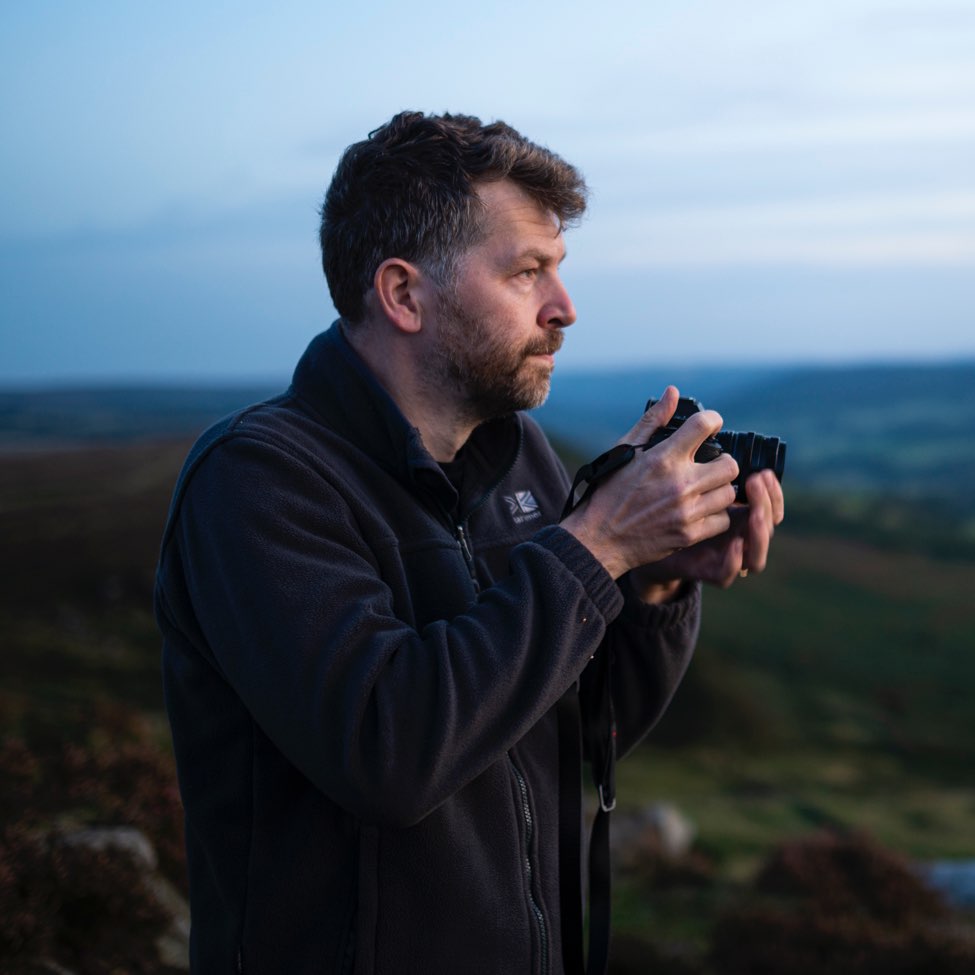
Richard Sibley is a photographer and writer passionate about travel and landscape photography. With over 15 years of experience writing and reviewing in the photo industry, he was formerly Deputy Editor at Amateur Photographer magazine and has had his words and images published in numerous other magazines and websites.
Top 3 picks
The summary below will give you an instant overview of the best mirrorless camera options for every photographer. When you find one that ticks the right boxes, you can follow the links beneath each entry to jump down to our full write-ups.

The best full-frame for most people
A superb blend of power and reliability for both photo and video creatives, the Z6 III excels in almost every situation.

The best choice for beginners
With modern autofocus and good handling, the R10 is a versatile powerhouse that's perfect for beginners.
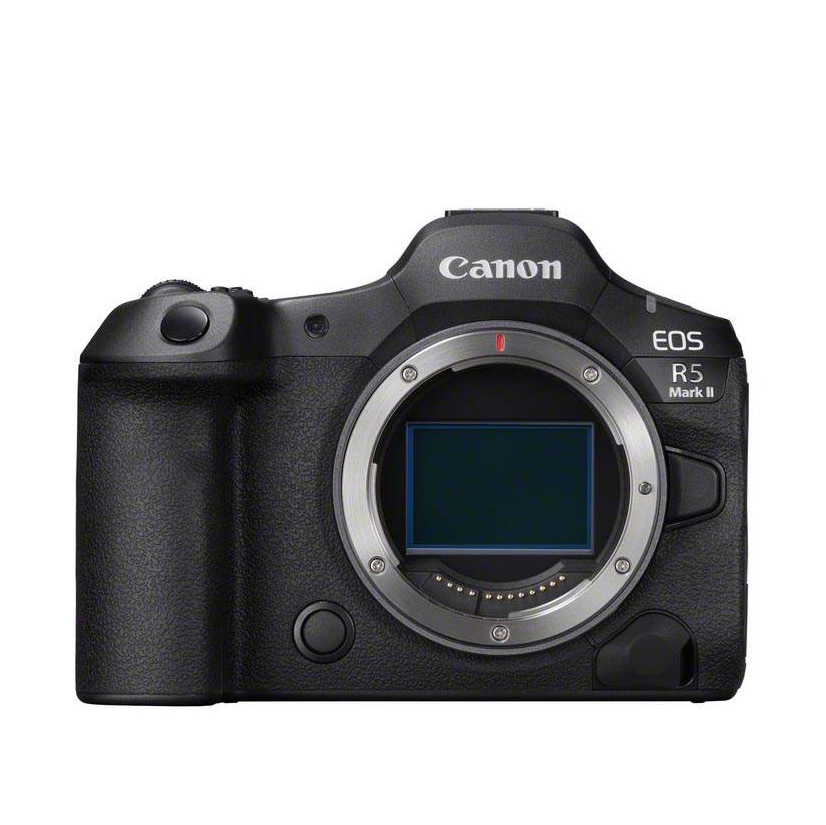
The best for pros
A versatile, full-frame professional mirrorless camera with 45MP stills, 8K video and incredible autofocus skills.
Best by use-case
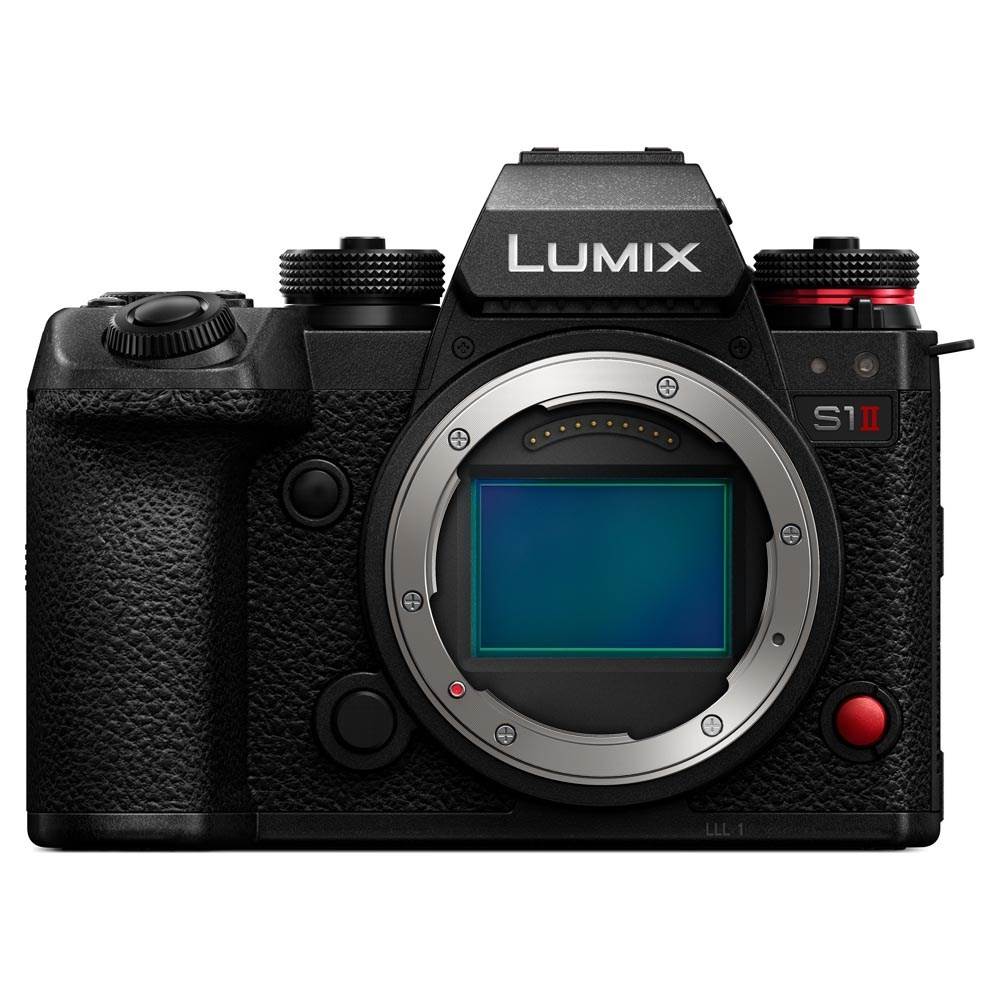
The best for video
Billed as a hybrid, the S1 II excels at video, producing rich 6K/30p footage while offering excellent bang for buck.
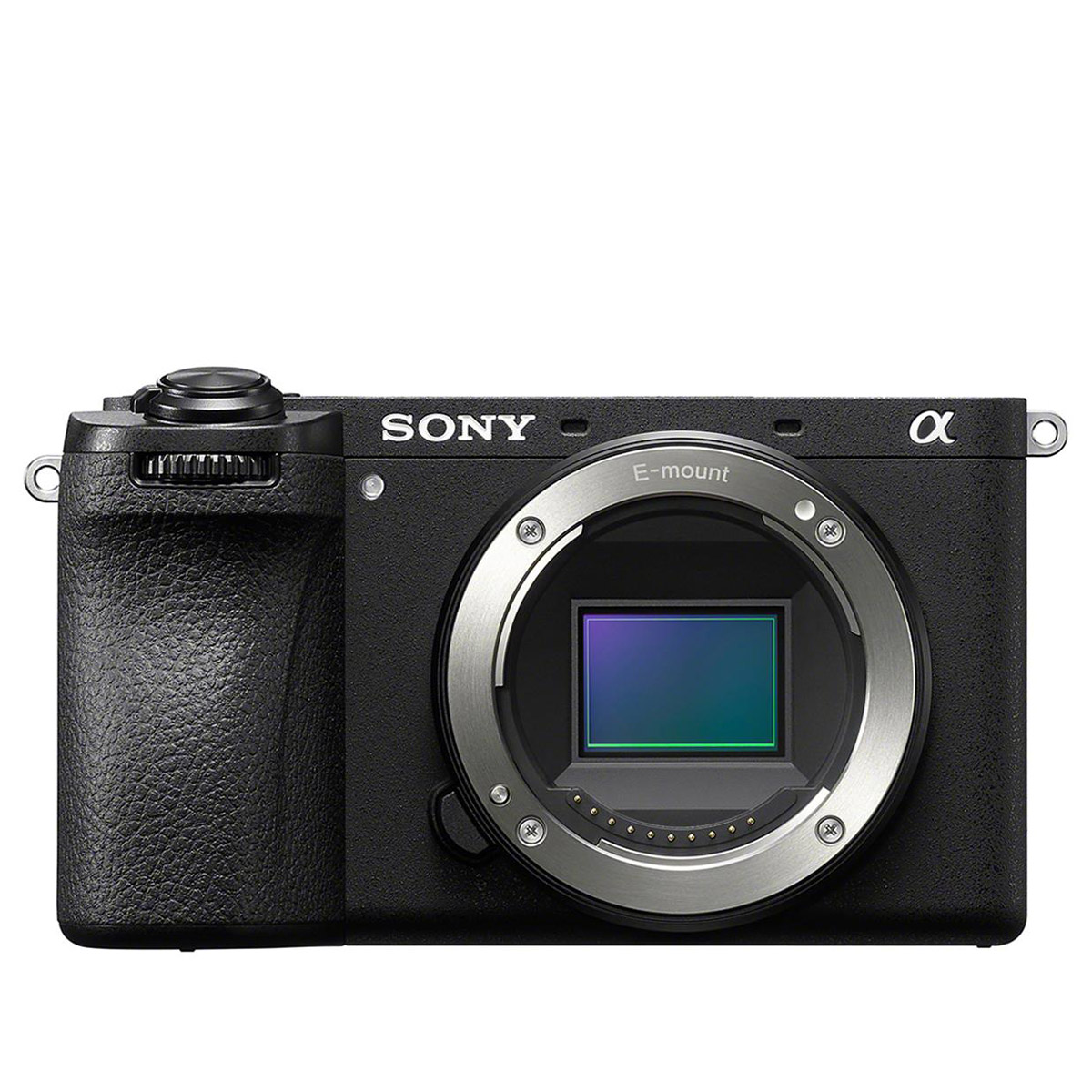
The best crop-sensor
The A6700 has compact dimensions, excellent handling and clever AI autofocus, plus a solid choice of lenses.
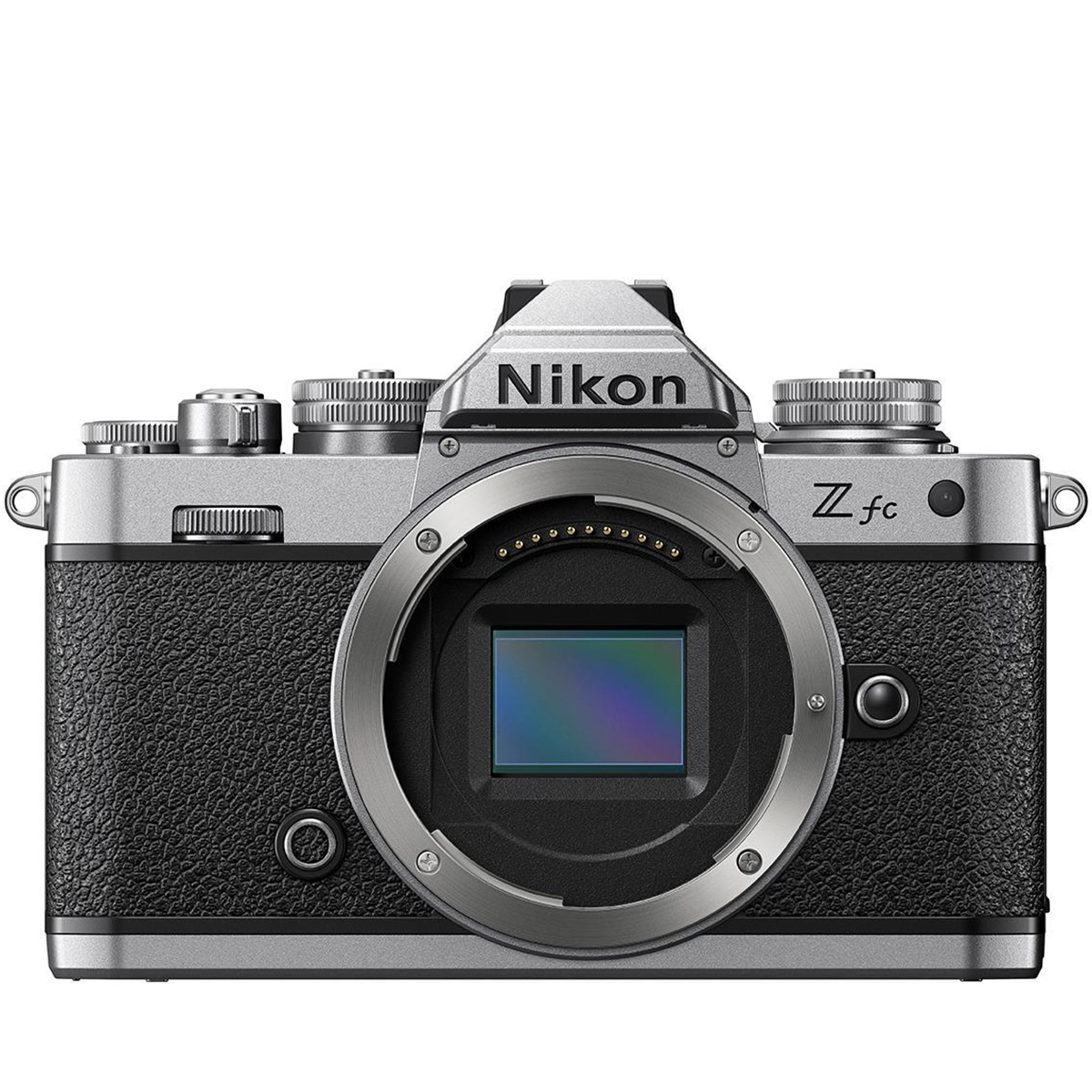
The best retro hybrid
A lovely retro hybrid, the Z fc is great for casual shooters who want a fun camera for travel and everyday shooting.
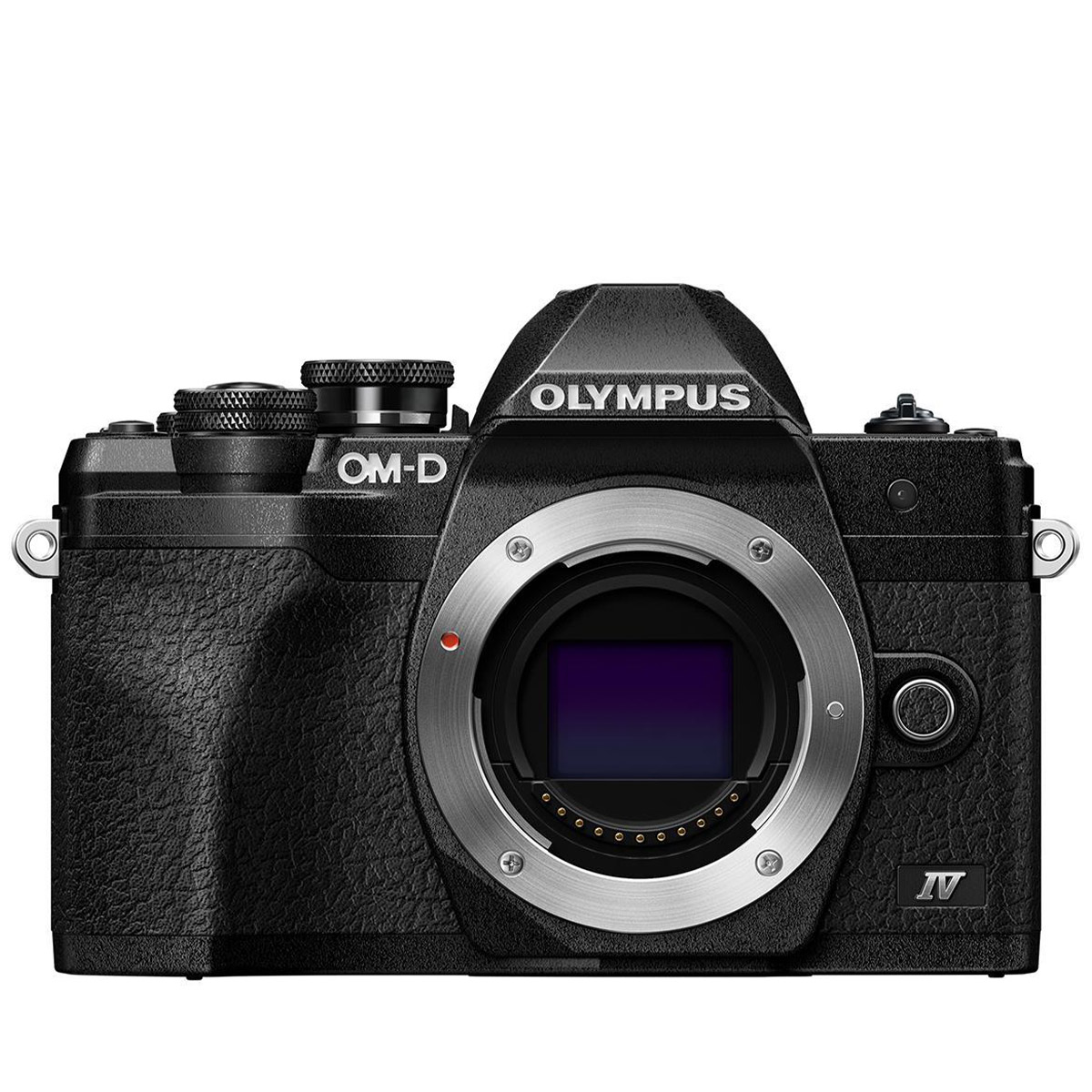
The best value for beginners
The E-M10 Mark IV might lack features such as phase-detection autofocus, but it's still a great option for stills.
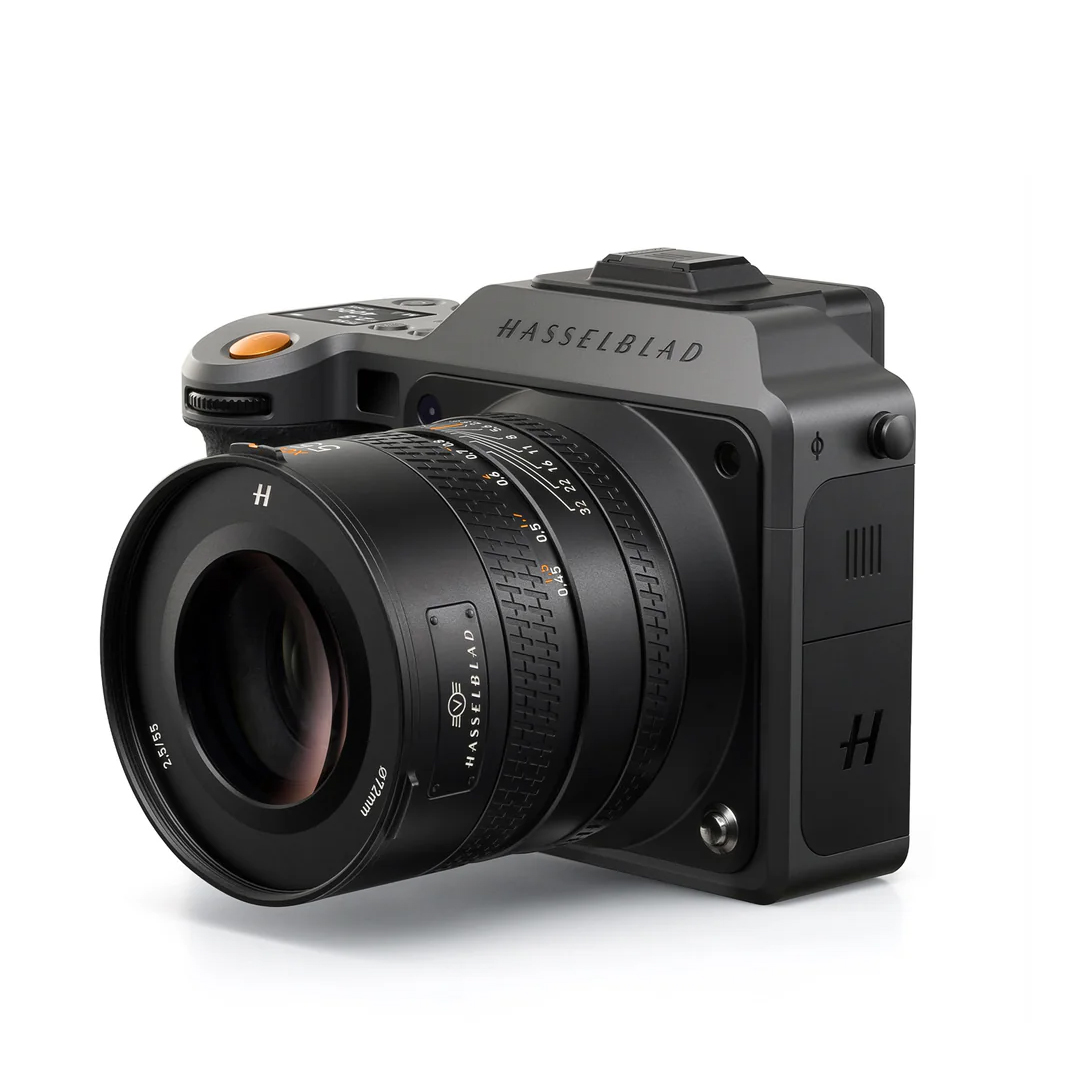
The best medium-format
Setting a new benchmark for medium-format camera quality, the X2D II 100C is Hasselblad’s most versatile model yet for photography.
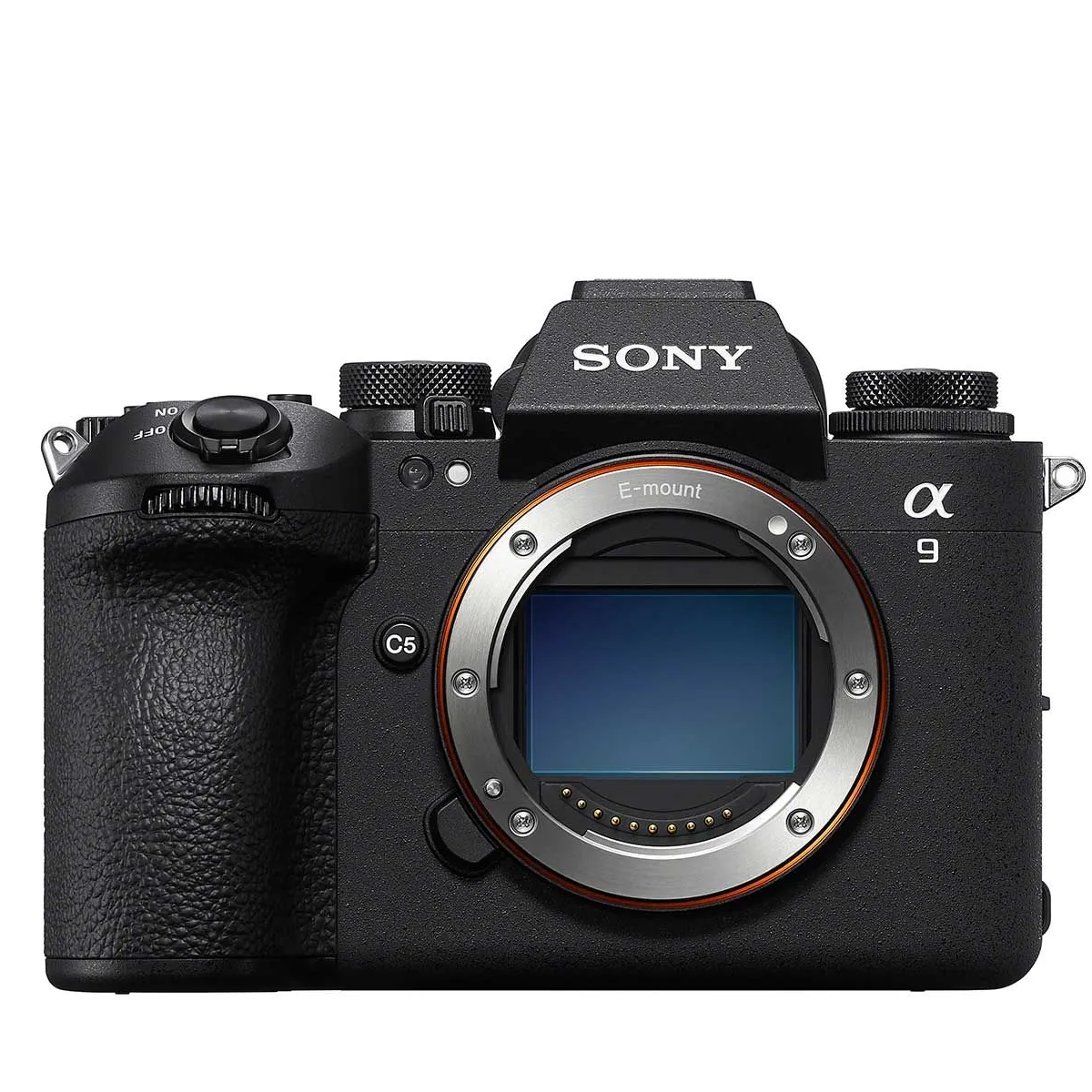
The best for action enthusiasts
An innovative camera for high-speed photography, the A9 III delivers blistering stills pace with unbeatable burst speeds.
The best mirrorless cameras for 2025
Why you can trust TechRadar
Below you'll find full write-ups for each of the best mirrorless cameras in our list. We've tested each one extensively, so you can be sure that our recommendations can be trusted.
The best mirrorless camera overall
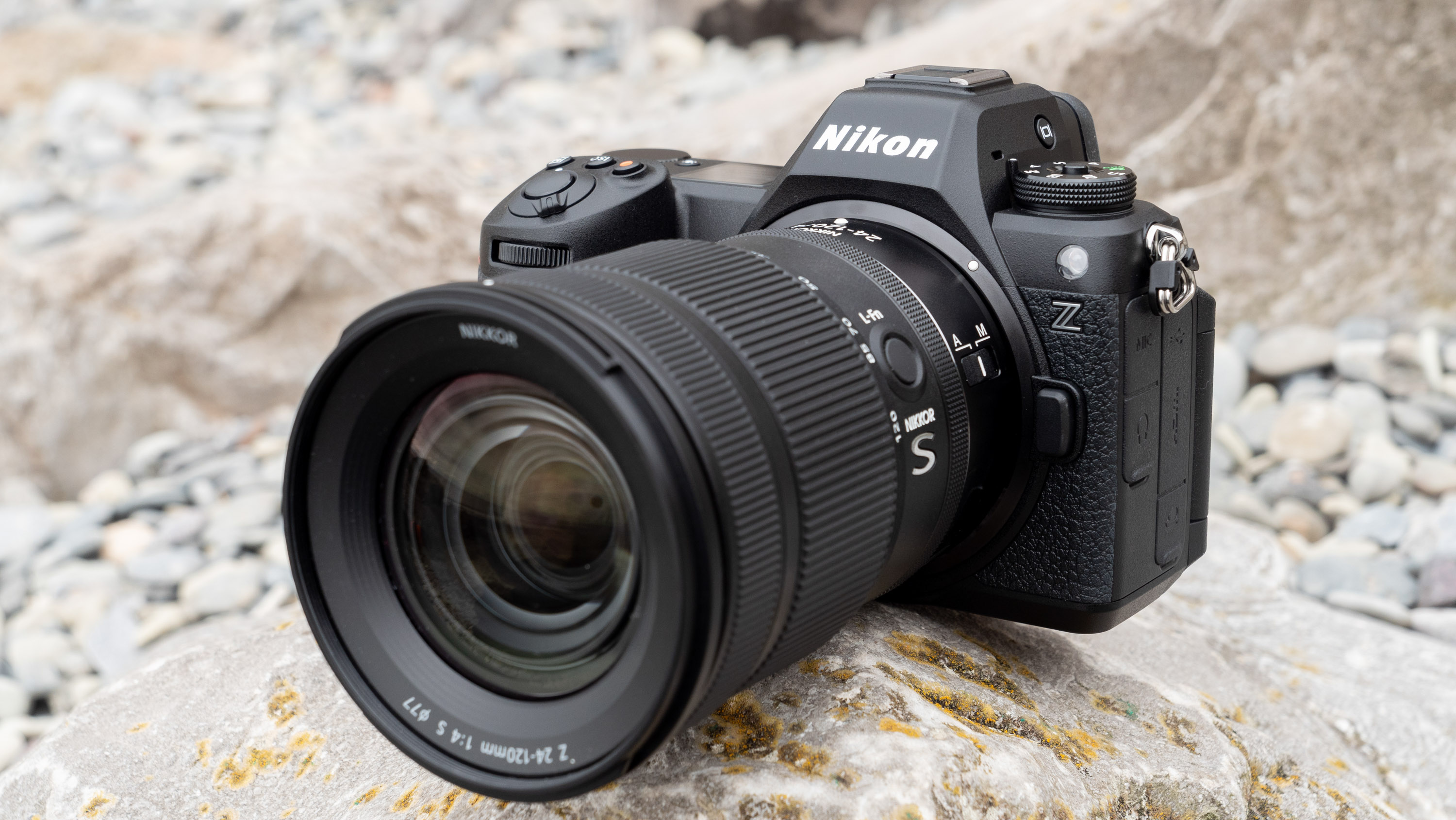
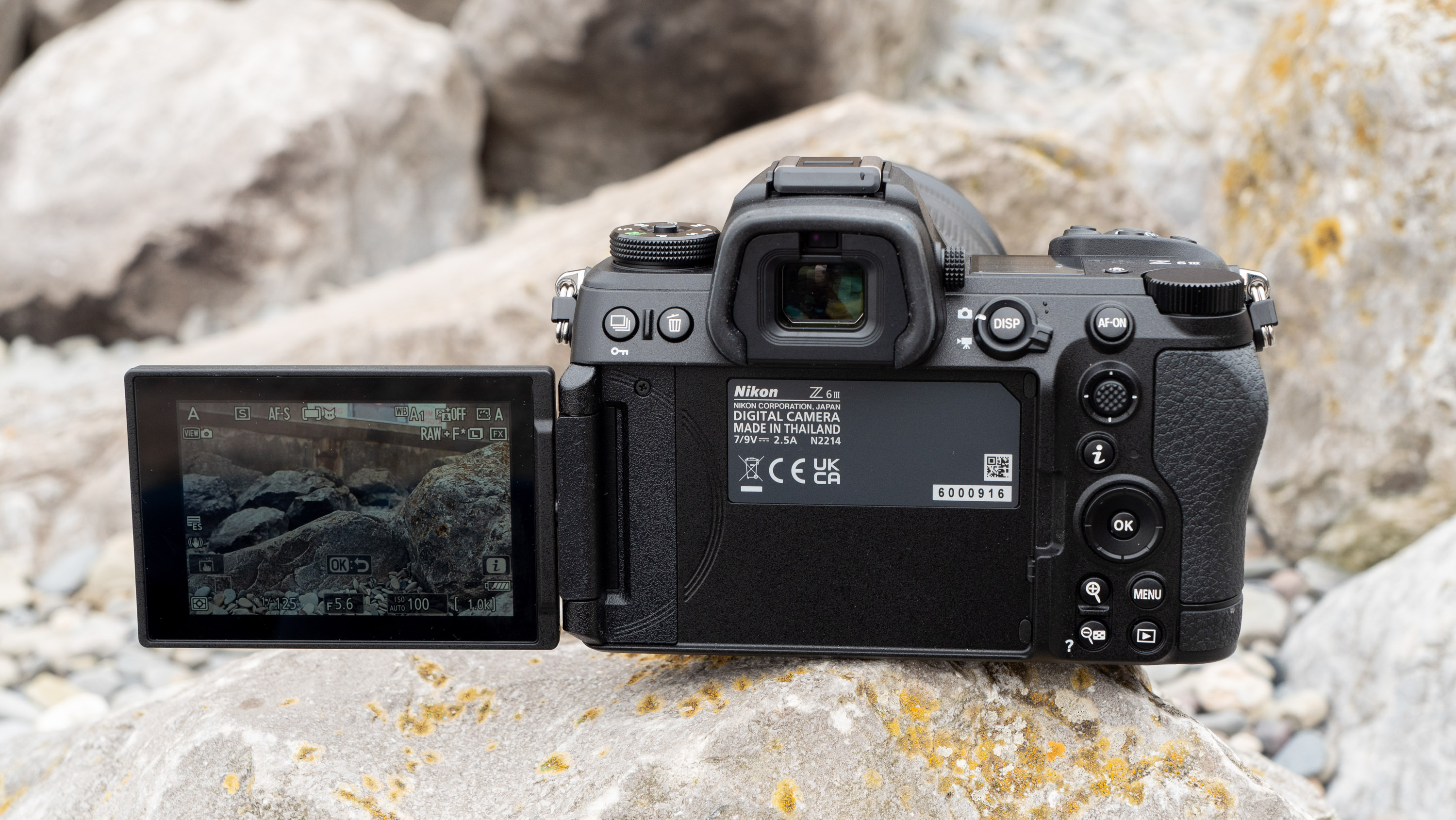
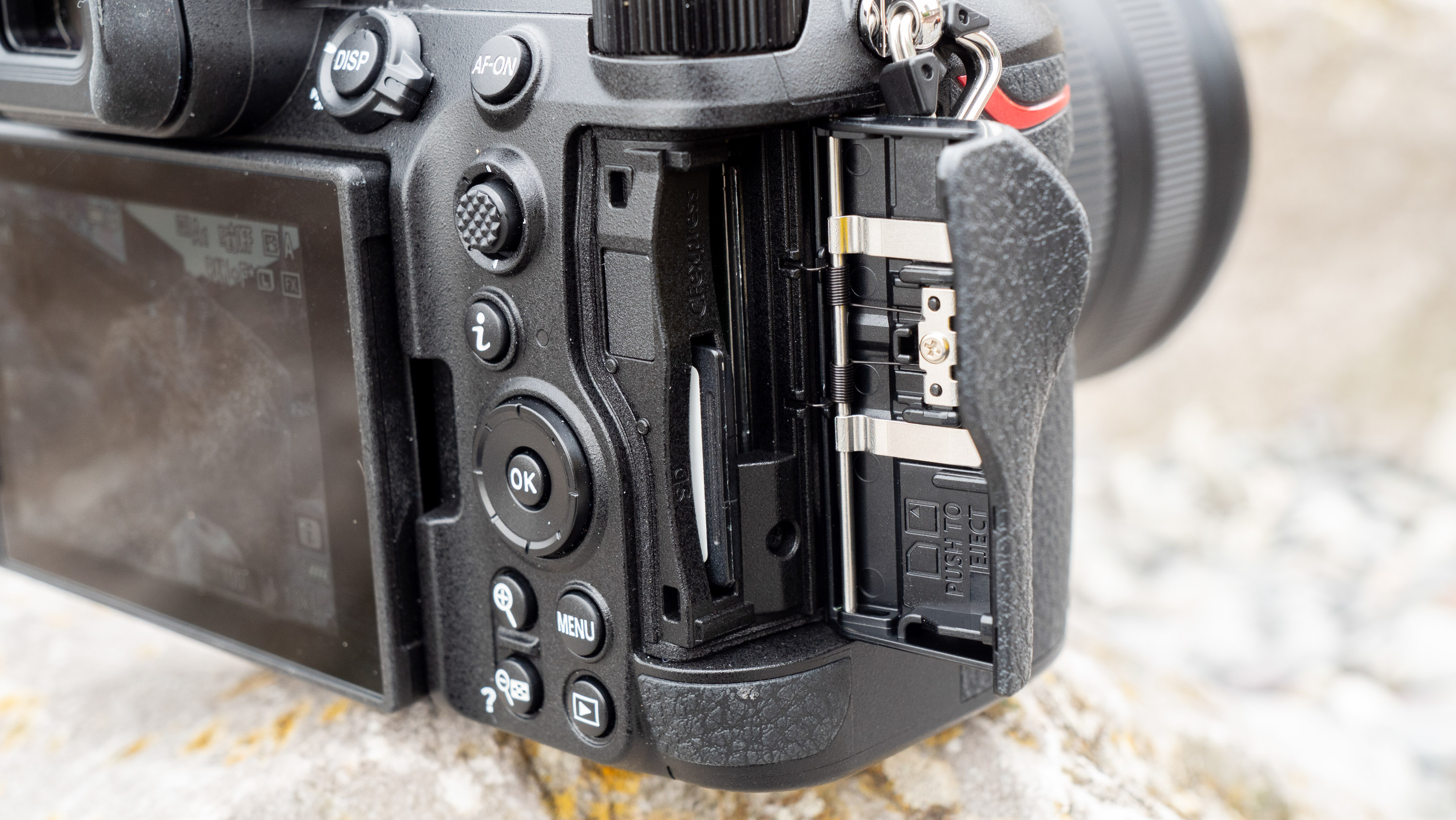


Specifications
Reasons to buy
Reasons to avoid
Nikon Z6 III sample images
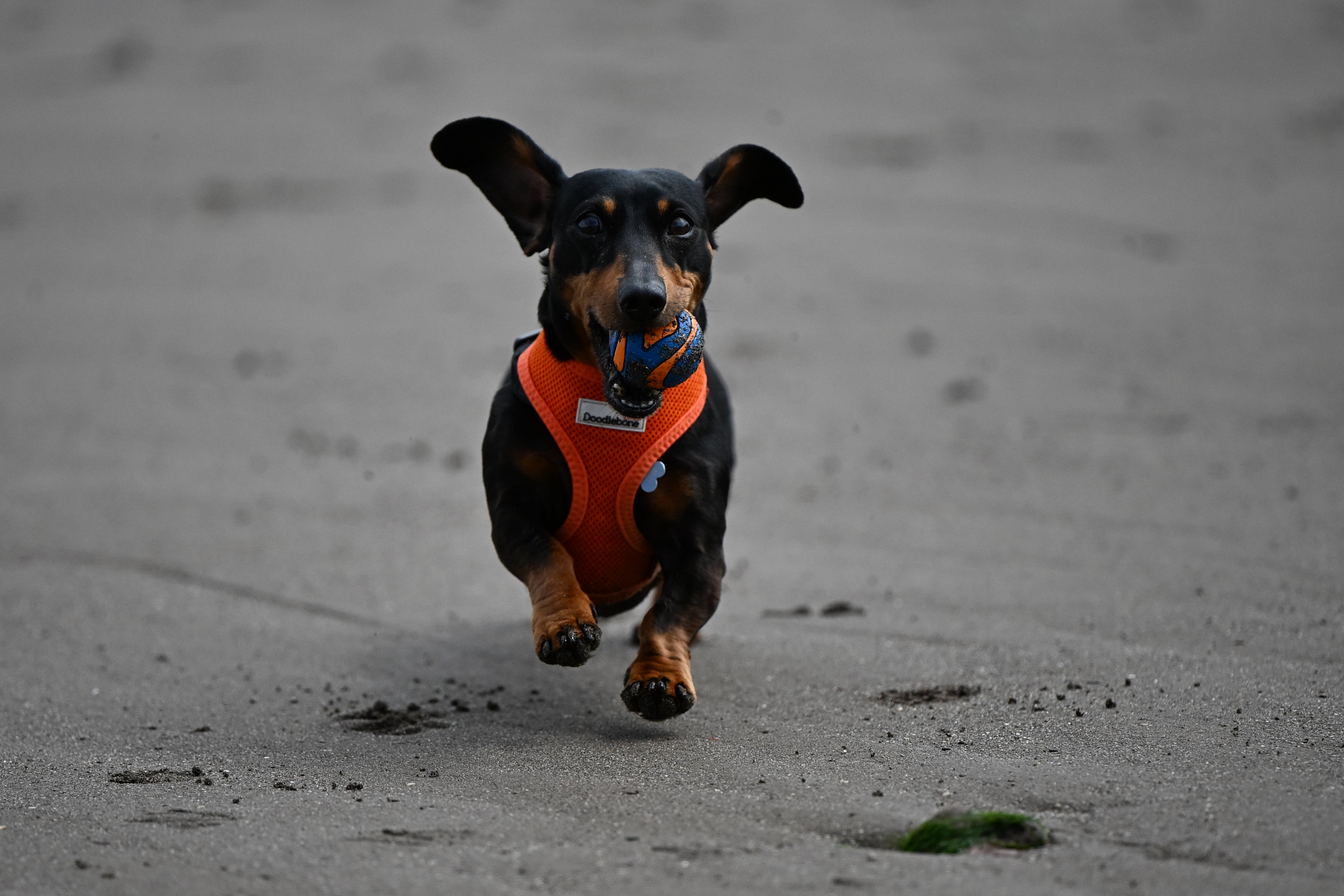

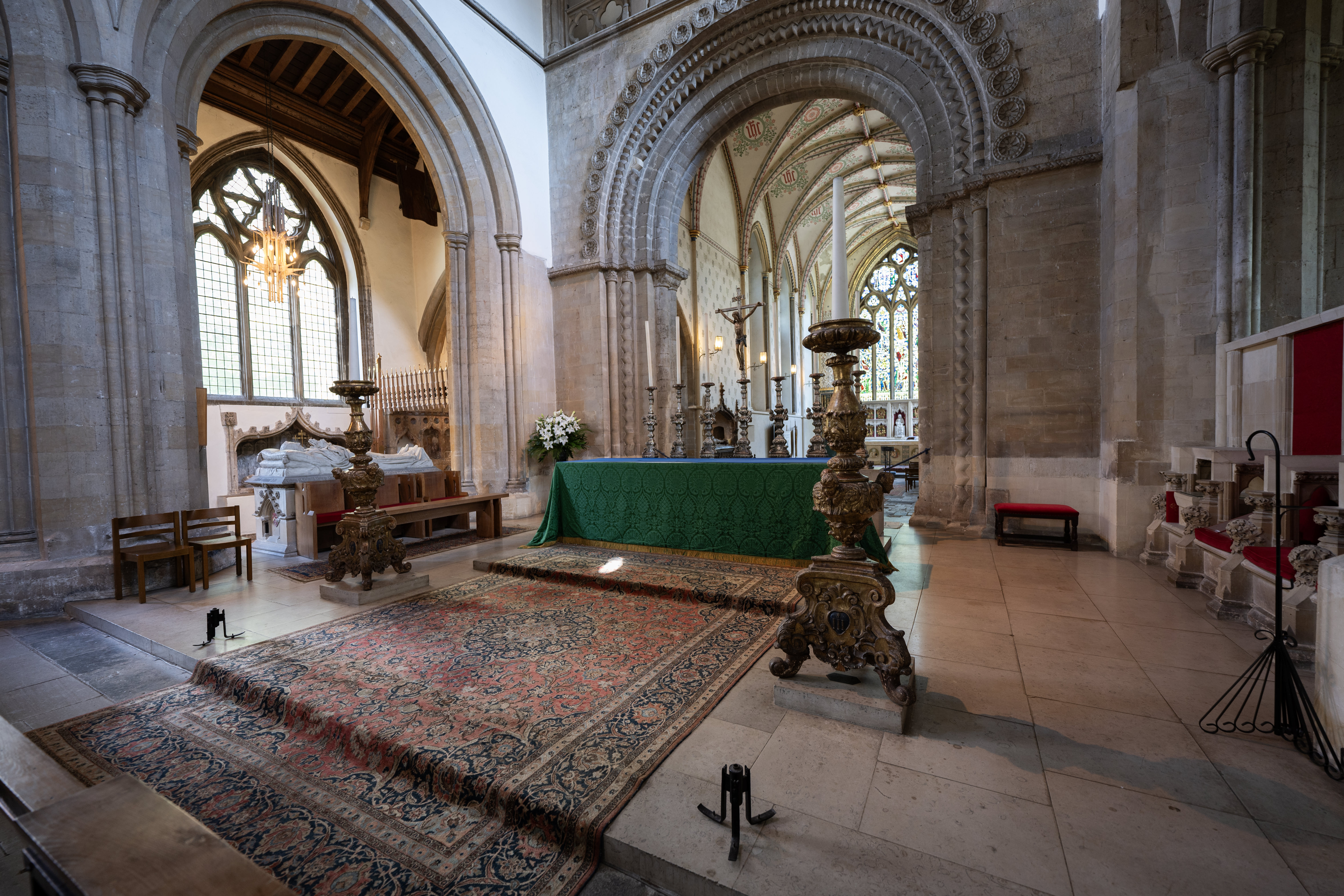

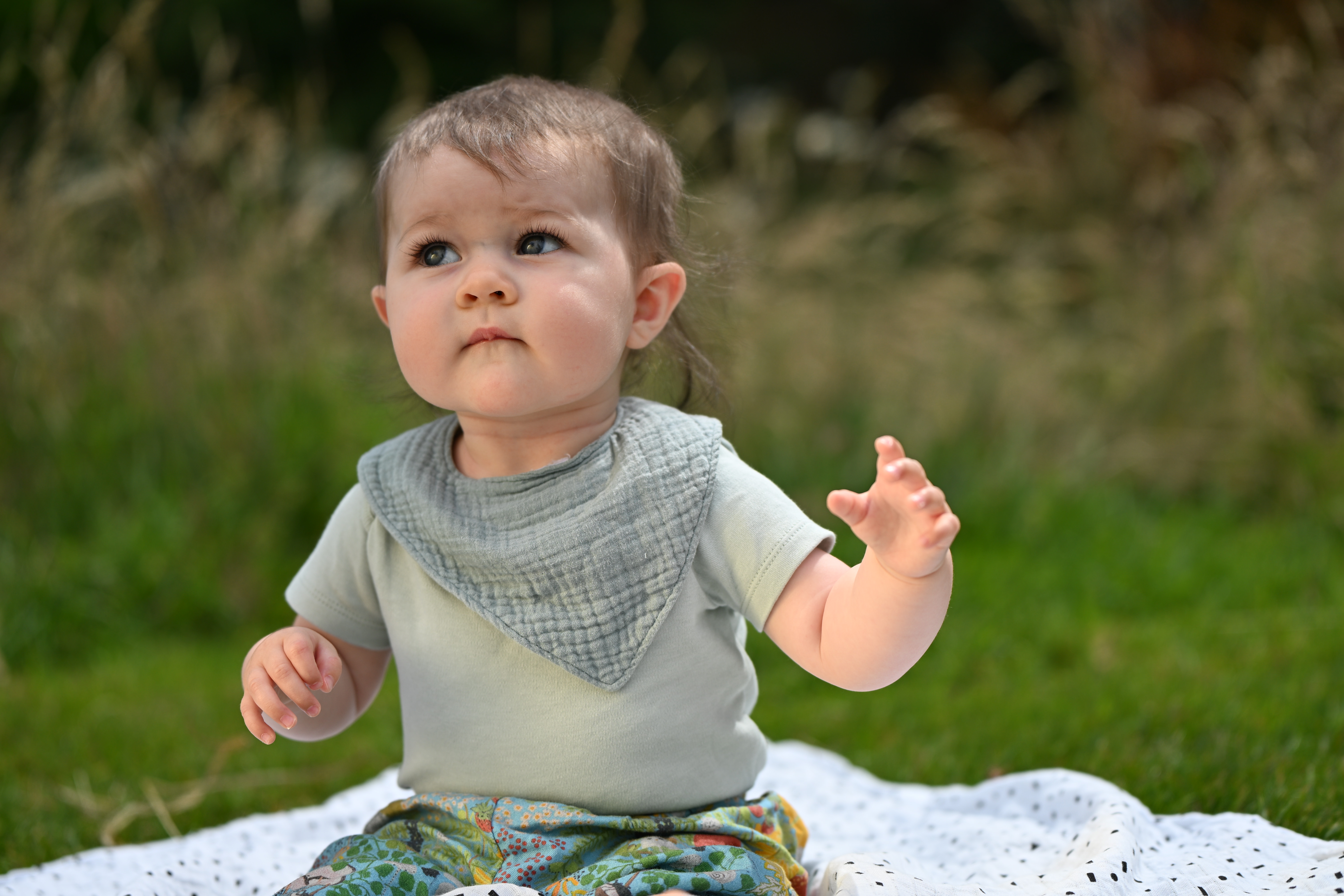
✅ You shoot a lot of video: The Z6 III is a true all-rounder, however, many of its upgrades are video focused, including 6K up to 60fps and excellent color profiles.
✅ You photograph moving subjects: The Z6 III has much better subject detection autofocus than the Z6 II, and fast frame rates.
❌ You want the best detail: Nikon's 45MP cameras have almost twice the number of pixels as the Z6 III, giving you finer detail and better cropping capabilities.
❌ You want the best budget full-frame Nikon: Since the Z6 III launch, the Z6 II has gone down in price and is considerably cheaper.
Nikon's third-gen Z6 III is a significant upgrade from the Z6 II, giving it the edge over rivals like the Canon EOS R6 II. It's a mid-range all-rounder that ticked a lot of boxes when I tested it: you don't get best-in-class detail from its 24.5MP full-frame sensor, but I really appreciated the view through its best-ever EVF (a 5.76m-dot number). Burst speeds are rapid too, with up to 60fps at full resolution for JPEG. But it's the autofocus that really shone in my review: it's just about the best system in low light, while the latest subject detection modes proved suitably sticky.
The Z6 III's video specification also stands out. You get 6K video up to 60fps in-camera, and oversampled 4K raw, plus regular 4K at 120fps and 10x slow motion up to 240fps in Full HD. Record times are impressive too, at 120 minutes even without a cooling fan. If you don't shoot a lot of video or action photography, there's an argument that the now-cheaper Z6 II could serve you well for less. But strong performance across the board makes the Z6 III a compelling hybrid.
Read our in-depth Nikon Z6 III review
Also consider...
- Canon EOS R6 Mark II – The Z6 III's closest rival can't quite compete, but there's a rumored successor on the horizon (see upcoming cameras, below).
- Sony A7 IV – It's a little long-in-the-tooth now, but its 33MP stills betters the Z6 III for detail. There's a A7 V tipped for launch in 2025 which could change the picture.
- Nikon Z6 II – the Z6 III was a decent upgrade, but if you don't need the performance boost, there's a big saving to be had by opting for the Z6 II instead.
The best mirrorless camera for beginners

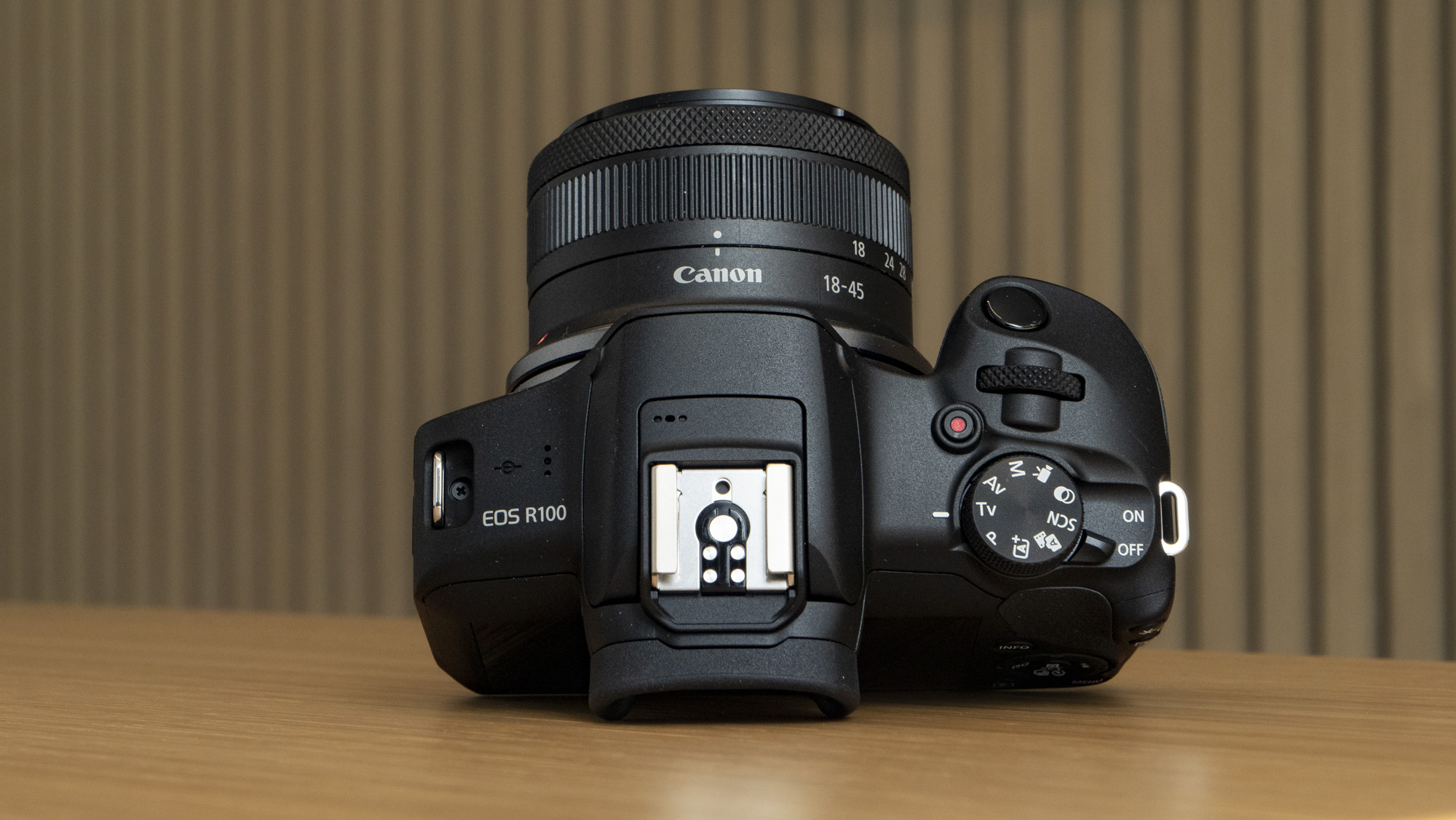


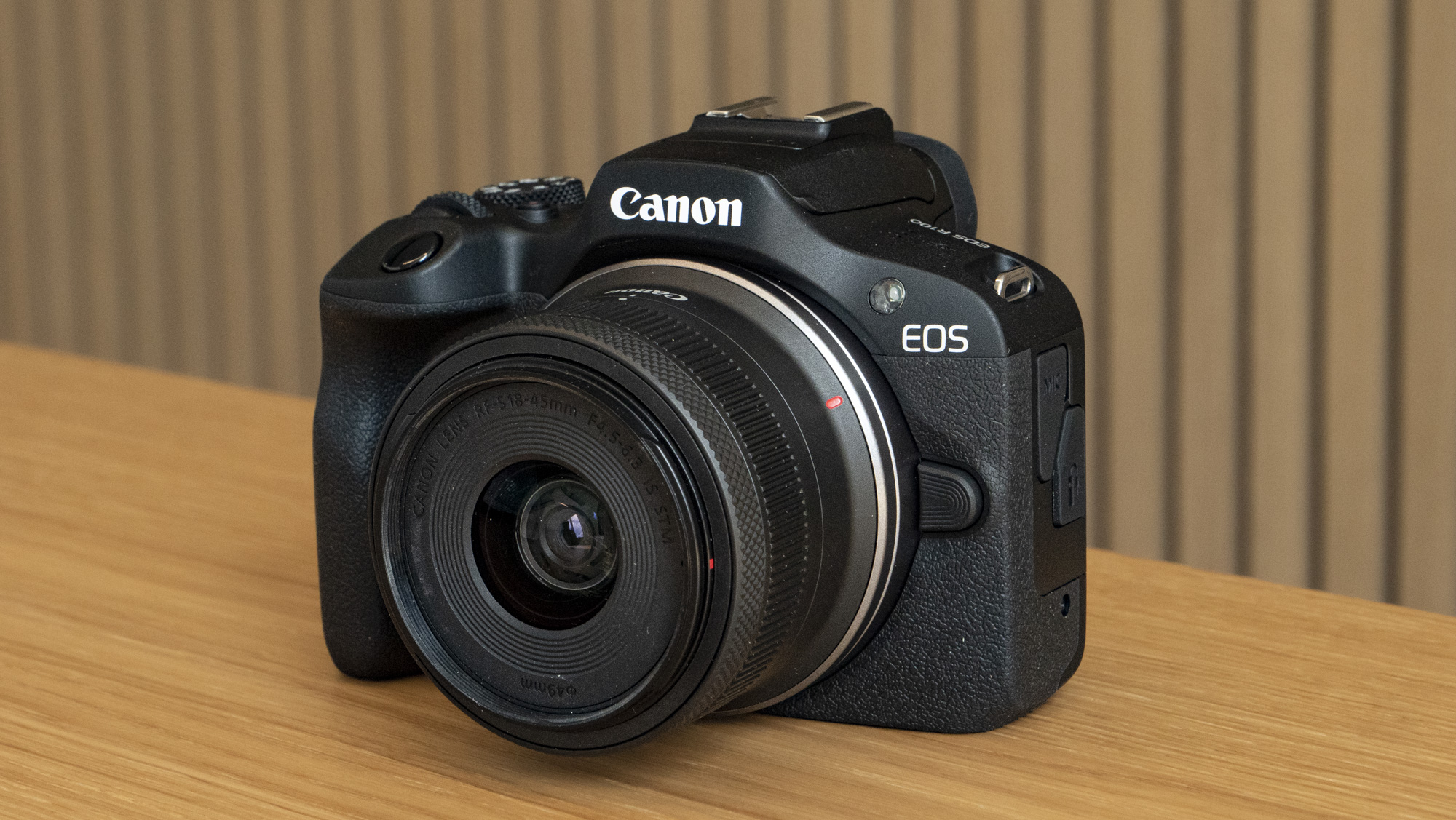
Specifications
Reasons to buy
Reasons to avoid
Canon EOS R10 sample images
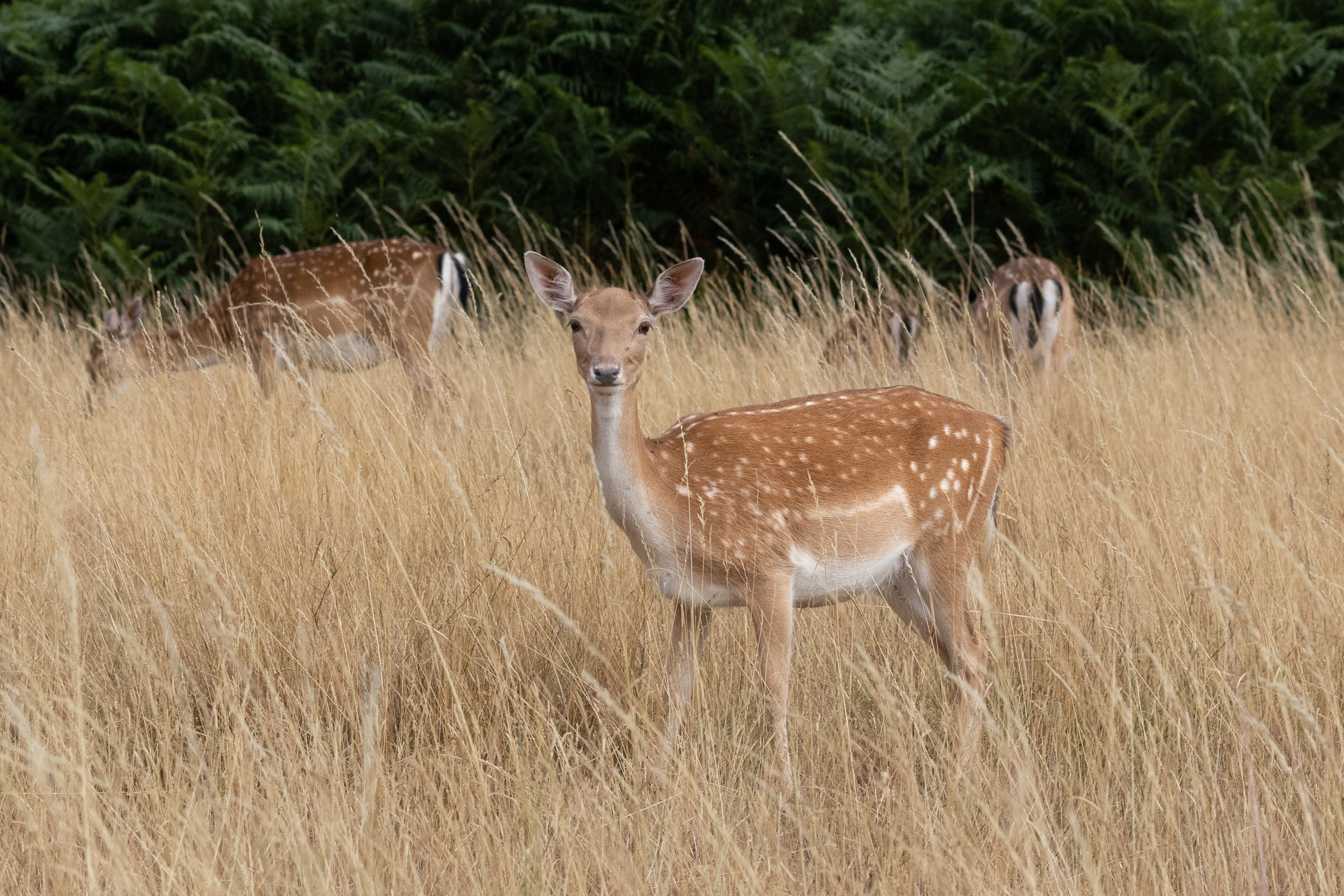

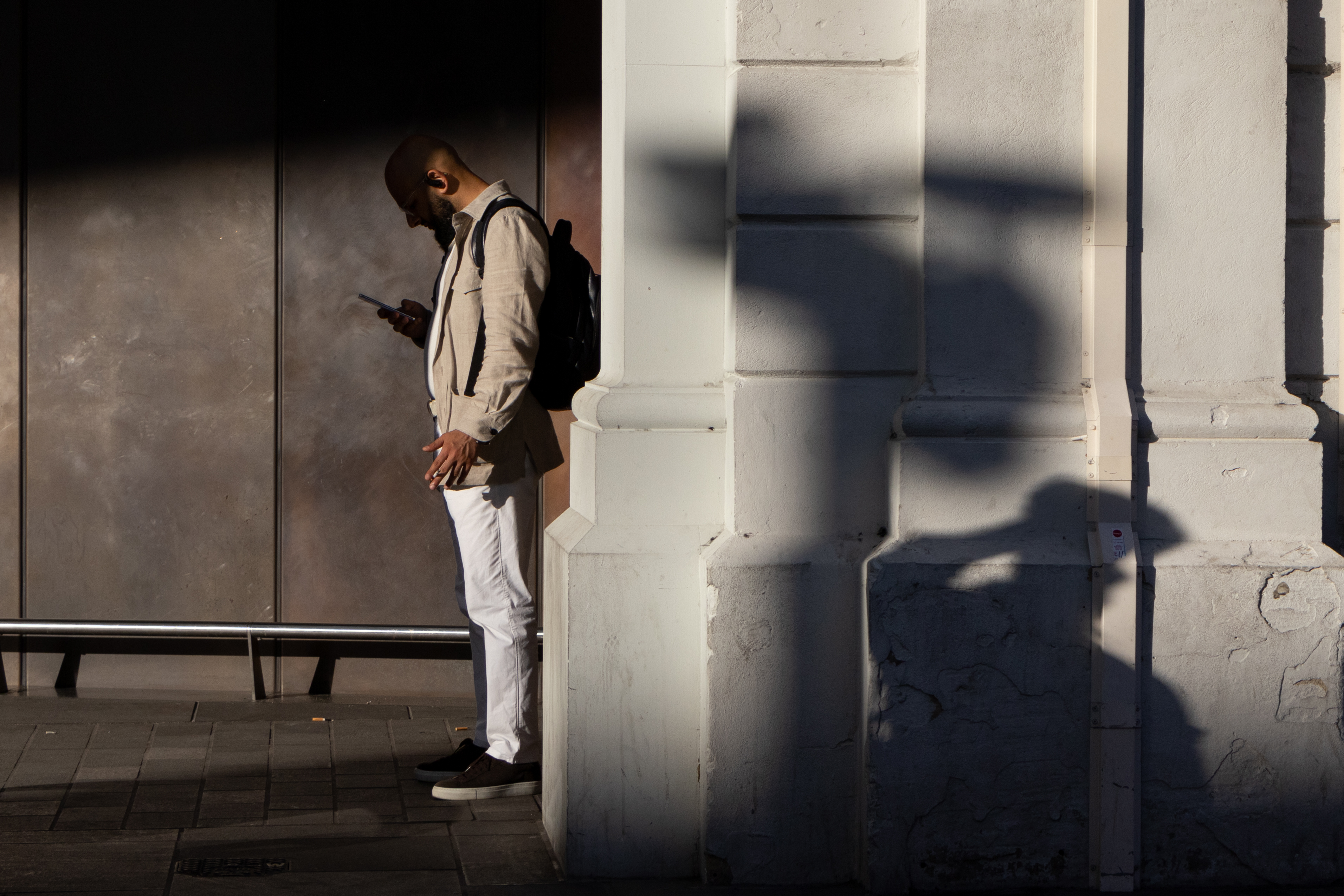


✅ You're shopping for your first proper camera: From its versatility to its handling, the EOS R10 ticks all the right boxes for beginners buying their first serious camera.
✅ You want an affordable camera for action stills: Despite its mid-range price, the EOS R10 benefits from top-tier autofocus performance and burst shooting speeds.
❌ You want a wide choice of native glass: One of the major drawbacks of the EOS R10 right now is the lack of native lenses for Canon's RF mount.
❌ You mainly record video: Though the R10 can produce nice uncropped 4K/30p video, the lack of audio port and image stabilization mean this isn't a vlogging camera.
There are cheaper mirrorless camera for beginners, but none that can match the versatility of the Canon EOS R10. From our tests, two features set the Canon EOS R10 apart for learners: its 15fps burst shooting rate and powerful subject-tracking autofocus, which operates across 651 AF points. These two features combine to make the R10 a fantastic performer in a range of scenarios, particularly when subjects are fast moving and for tracking the eyes of subjects.
It’s not a perfect camera for beginners: we found the EVF a little small and also noted the lack of image stabilization, a feature which is offered on rivals like the Olympus OM-D E-M10 Mark IV (below). Then again, we also found that the R10’s low weight and deep grip make it a forgiving camera for novices to use. We also noted positively in our review the helpful presence of an AF joystick. The only major drawback is the lack of native lenses currently available for Canon’s RF mount. In all other respects, the R10 is a versatile option for photographers getting started.
Read our in-depth Canon EOS R10 review
Top alternatives...
- Nikon Z50 II – It's a tough call between the two – the Z50 II is arguably the better all rounder, but with a lower resolution 20MP sensor.
- Fujifilm X-M5 – if video is more your thing, the compact X-M5 offers superb value and a much better lens selection.
The best mirrorless camera for pros
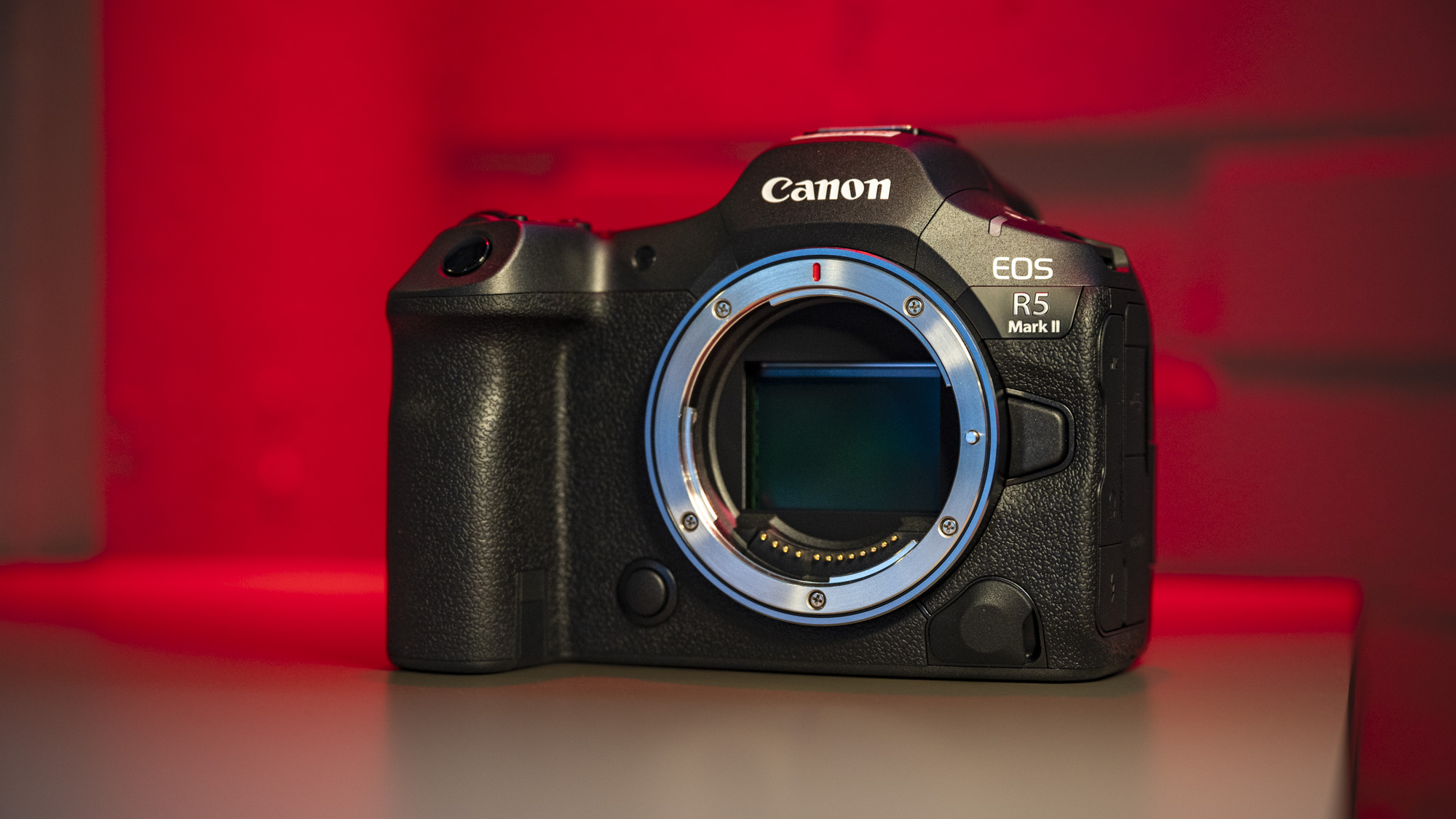
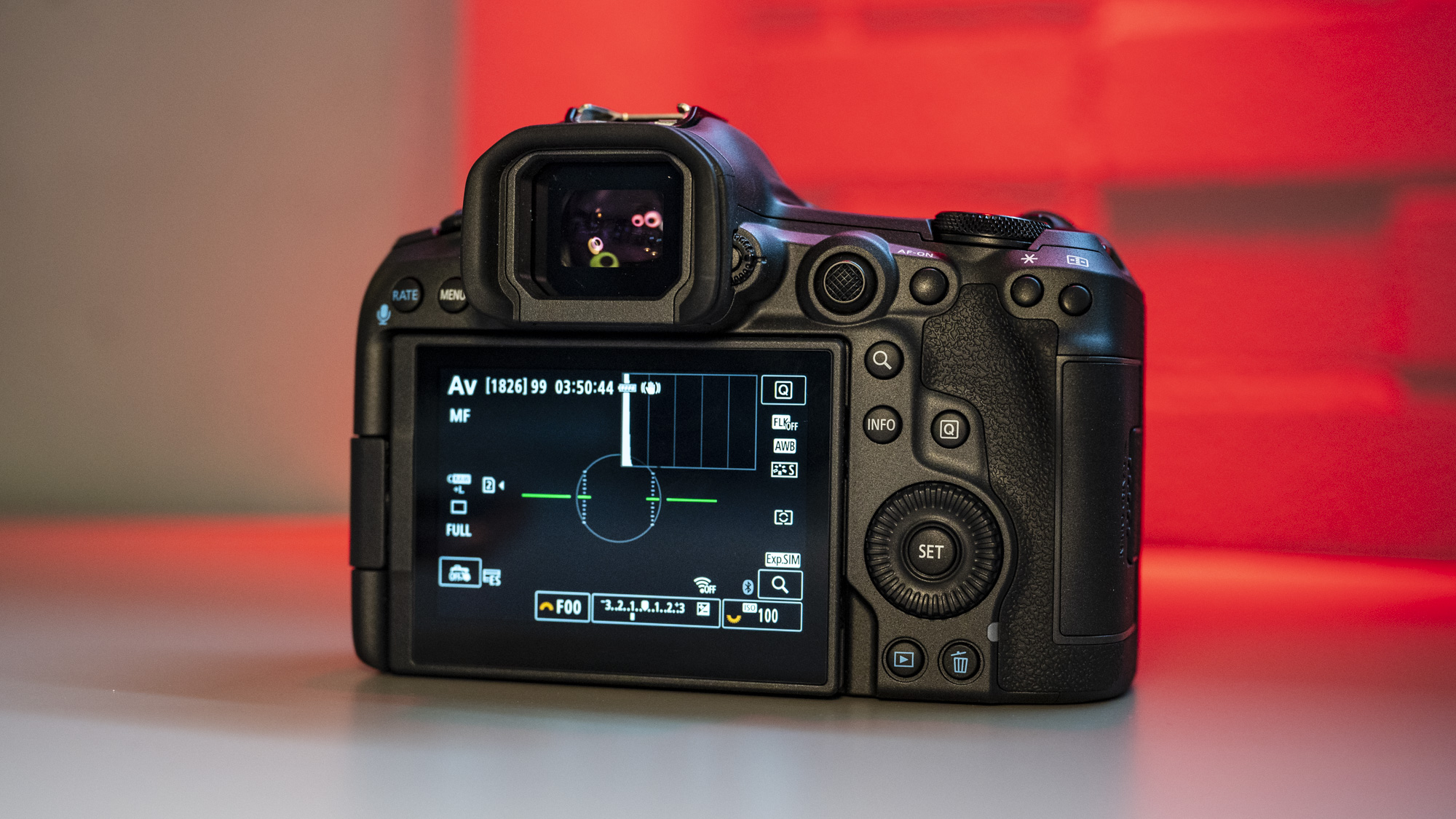

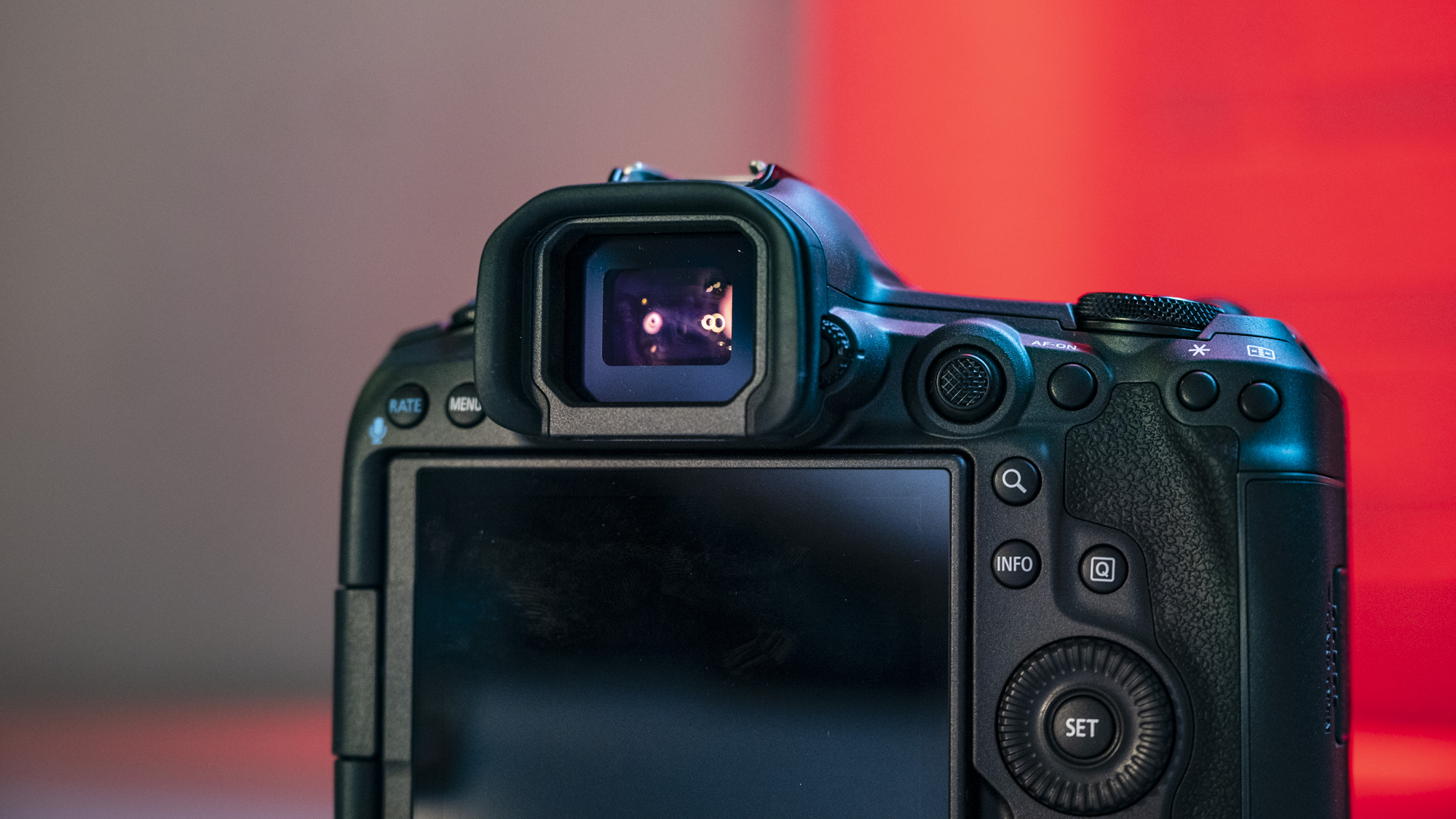

Specifications
Reasons to buy
Reasons to avoid
Canon EOS R5 Mark II sample images



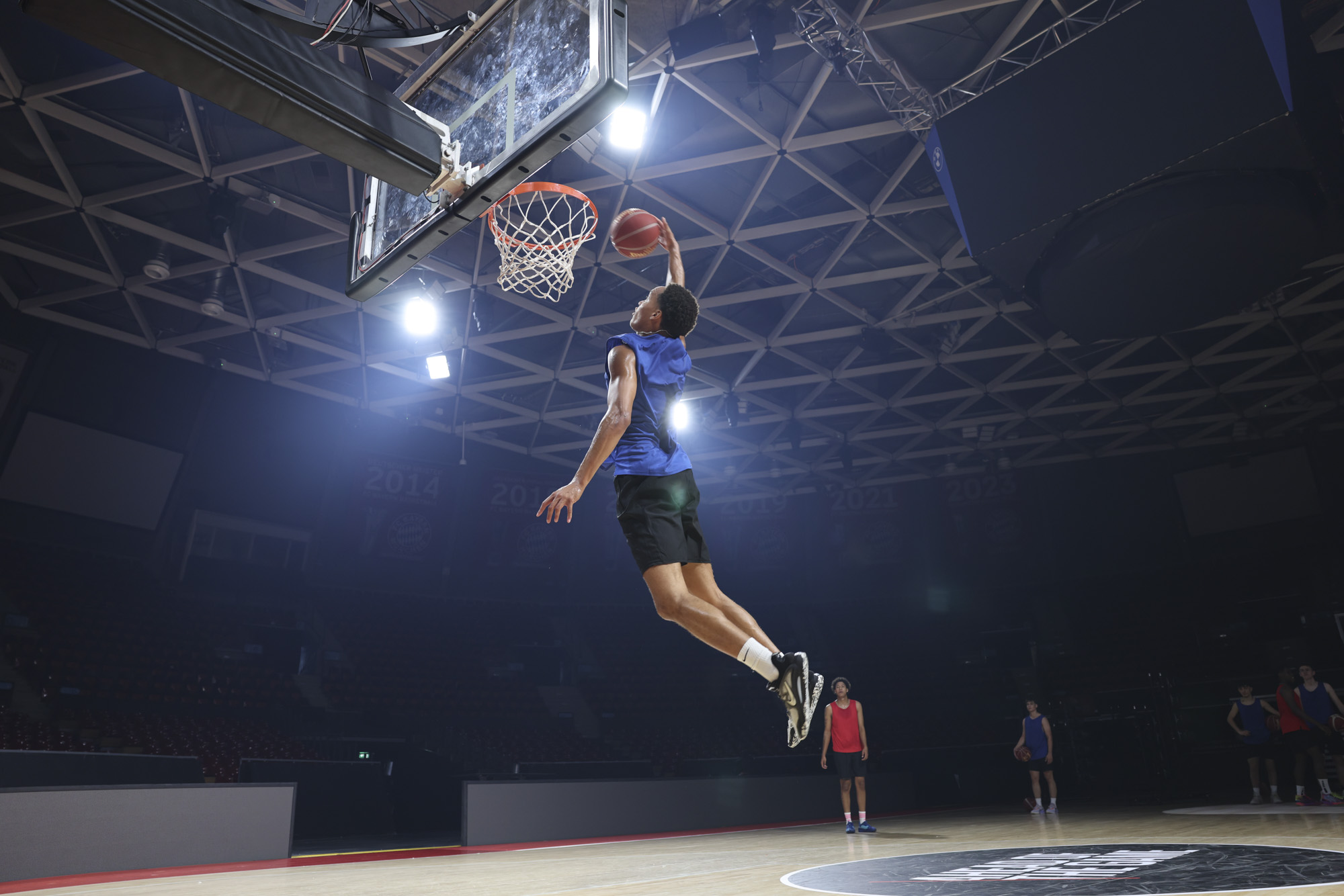
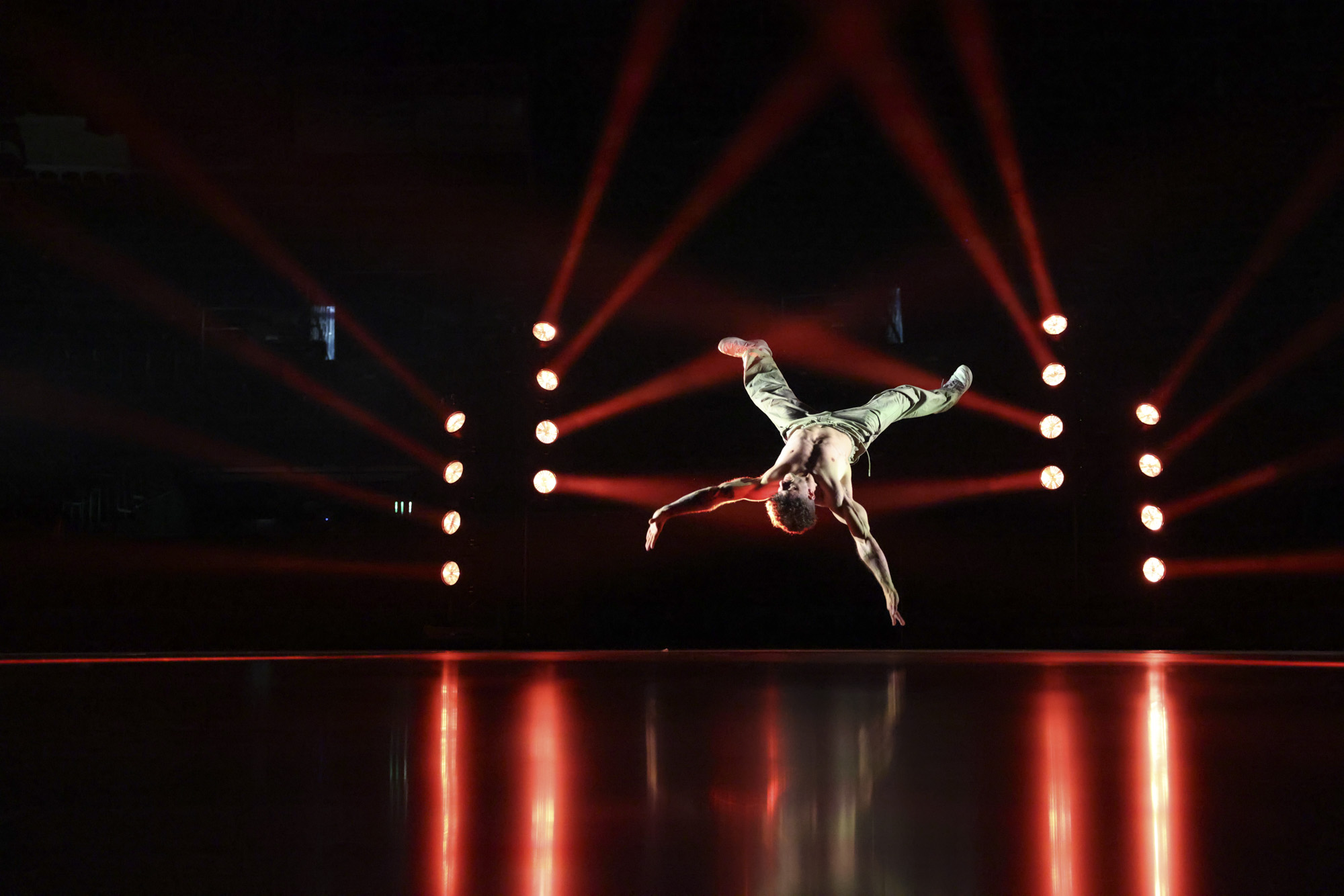
✅ You want Canon's best-ever mirrorless camera: With new 45MP stacked sensor and extra processor, the EOS R5 Mark II is as capable as it is shooting stills as it is video, and represents a big update of the EOS R5.
✅ You want cutting edge autofocus: Canon's new autofocus skills are designed for various sports especially, while eye-control AF is a treat.
❌ You’re on a tight budget: The EOS R5 Mark II’s body-only cost is slightly more than rivals and a lot more than the now discounted EOS R5, and that's before you get to Canon's pricey lenses.
❌ You shoot mainly stationary subjects: Many of the EOS R5 Mark II improvements impact high-speed performance for high-speed subjects. If you're a landscape photographer, the EOS R5 could be a better option.
Voted 2024 Camera of the Year both by our expert team and TechRadar readers, the EOS R5 Mark II is Canon's most versatile camera ever. It builds on the stellar 45MP and 8K video-toting EOS R5 by incorporating a new a stacked sensor, which virtually eliminates the adverse effect of rolling shutter, while a second processor improves the camera's overall speed, meaning this a much faster camera for action photography.
Not only is the EOS R5 Mark II a much quicker camera, but it totes new autofocus modes, some of which are able to detect specific sports, such soccer and basketball, and intelligently select where to focus based on the subjects posture and the position of the ball, including for one of up to 10 stored faces. Canon's eye control AF is also a revelation – tracking where you're looking in the viewfinder to know which subject you'd like to focus on.
There's more: in-camera image upscaling can increase the size of your photos by 400% – that's 180MP – with super-impressive results. Overall, testing the EOS R5 Mark II was my personal highlight of 2024 – the camera regularly blew me away and there was a sense that I was only scratching the surface despite my lengthy test period. For out-and-out sports pros, the pricier EOS R1 is the camera to pick. But for practically every other professional, the EOS R5 Mark II is the smart choice. The fact that it's much cheaper than Sony's A1 II sweetens matters further.
Read our in-depth Canon EOS R5 Mark II review
Top alternatives...
- Nikon Z8 – the closest rival goes toe to toe in many aspects and it costs less. However, the R5 Mark II has unique features we can't ignore.
- Sony A1 II – have a deeper wallet? The A1 II offers a minimal performance and resolution boost, but at around 40% more.
The best mirrorless camera for video
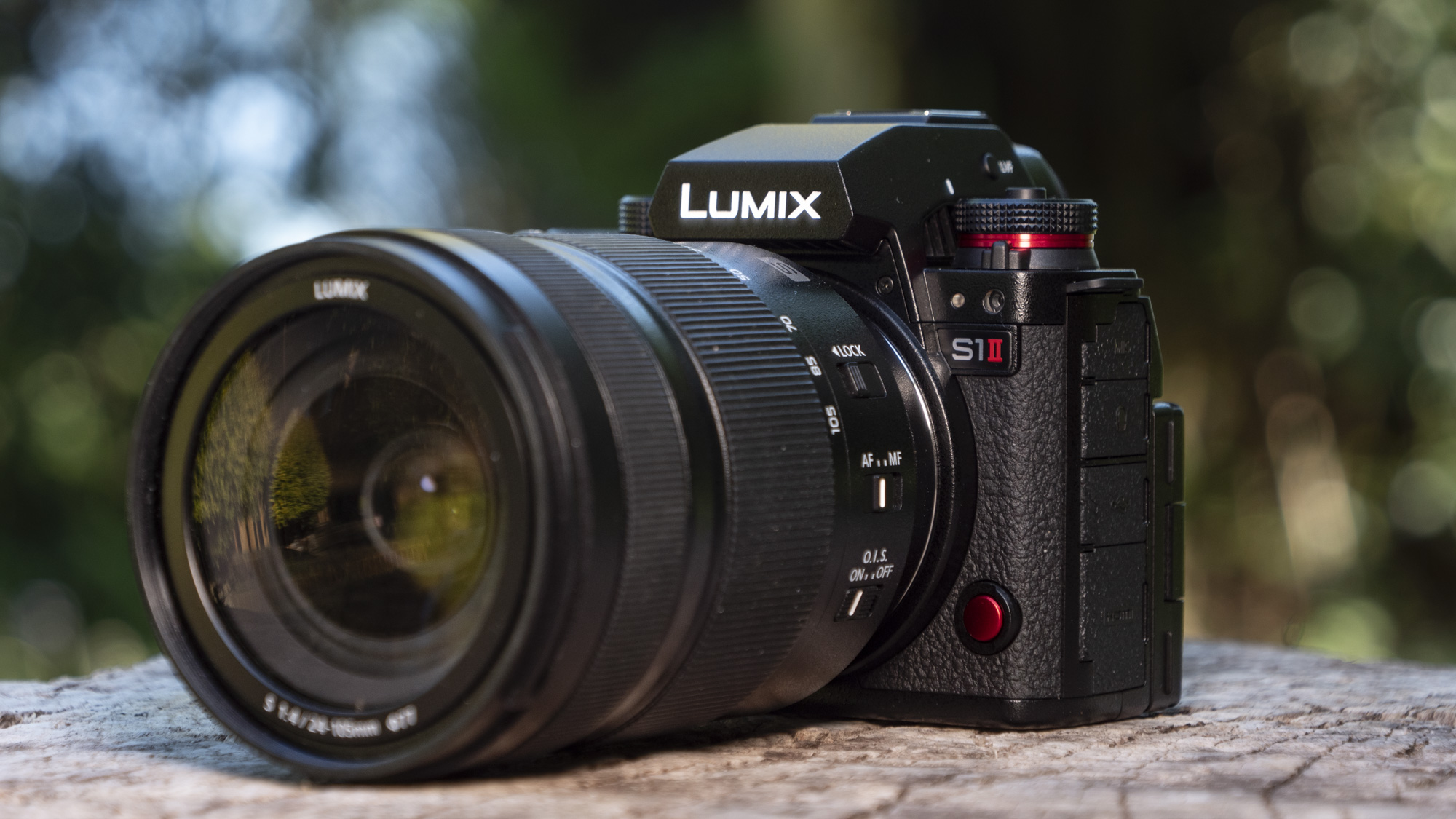

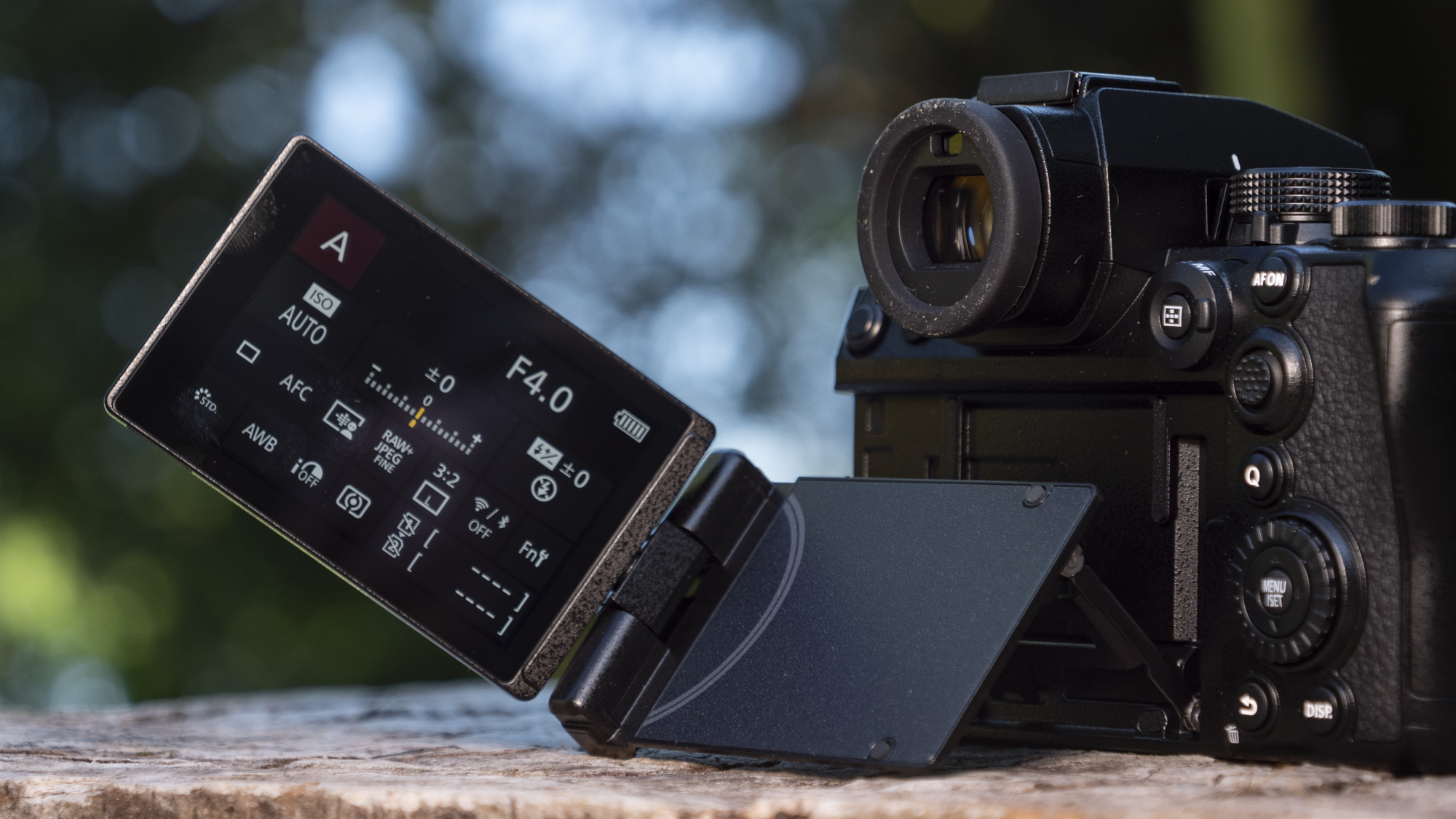
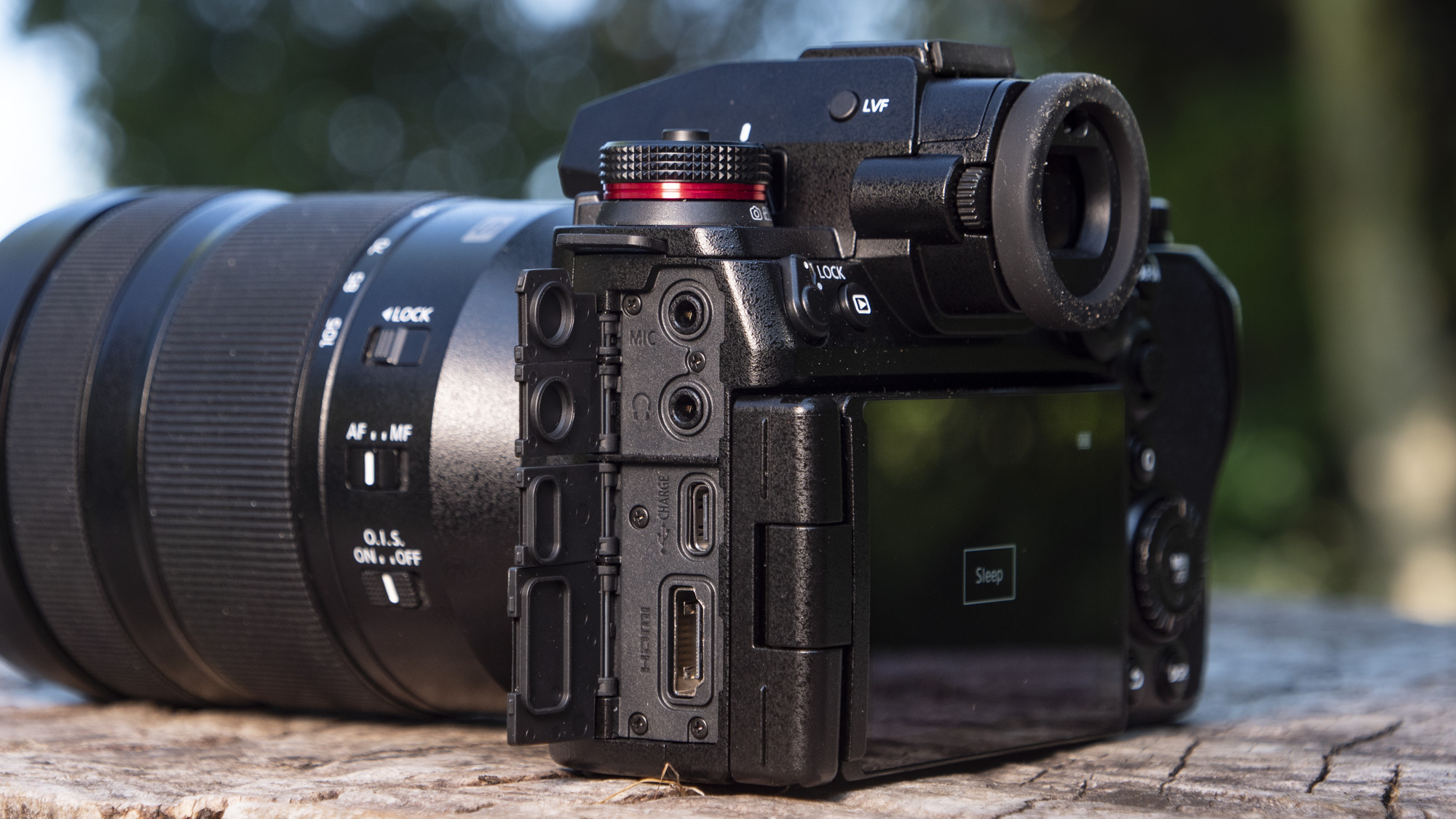

Specifications
Reasons to buy
Reasons to avoid
Panasonic Lumix S1 II sample video
✅ You want incredible video quality: Panasonic has majored on video quality and squeezed more out of the S1 II's sensor than similar rivals, including more video codecs and a dynamic range boost mode.
✅ You're a run-and-gun filmmakers: The S1 II's class-leading image stabilization for video, versatile touchscreen, reliable phase-detection autofocus and durable body are a powerful combination
❌ You need a video camera that goes all day: Panasonic hasn't quite optimized battery life in the same way as certain rivals yet (ahem, Sony) – so for an all-day shoot you'll need to pack multiple extra batteries or at least have scope for on-the-go USB-C charging.
❌ The S5 II is enough camera for you: The S1 II is Panasonic's absolute best mirrorless camera for video now, but it's currently twice the price of the older Lumix S5 II, which shares many of the same features.
My previous top video camera pick was 2023's Lumix S5 II, but I've swapped it out for Lumix S1 II even though the newer model costs so much more. That's because the S1 II represents a meaty upgrade, being the fastest and most capable full-frame Lumix camera for video yet.
One key upgrade is that the 24MP sensor is now partially stacked, just like we've seen in the Nikon Z6 III. However, Panasonic has squeezed more out of the sensor for videographers, offering 6K open gate recording, an enviable array of video codecs (that for me are verging on overkill), and the fabulous dynamic range boost mode which delivers probably the best video quality I've ever seen at this price point.
Panasonic continues to impress with its implementation of video image stabilization, with unmatched performance and versatility – I was completely comfortable shooting 6K 60fps video handheld. The S1 II's design is highly functional, including that dual-axis vari-angle touchscreen, while the usual connectivity that pros demand is there, including full-size HDMI, headphone and mic ports. Panasonic hasn't addressed battery life yet, which is mediocre. If your budget doesn't stretch to this uncharacteristically pricey Lumix camera, the S5 II is a solid alternative, as is Nikon now with models like the Nikon ZR. But if you want the absolute best for the money, the Lumix S1 II gets my vote.
Read our in-depth Panasonic Lumix S1 II review
Top alternatives...
- Nikon Z6 III – although the Lumix S1 II has the edge with its open gate video and impressive dynamic range boost, Nikon's Z6 III – the top entry in this guide – runs it close, with the same partially stacked 24MP sensor, and 6K video skills. There's also the new Nikon ZR to consider with its generuous 4-inch monitor, aggressive pricing and, once again, the same sensor.
- Panasonic Lumix S5 II – the Lumix S5 II from 2023 has many of the same features and capabilities as the Lumix S1 II, but it costs much less – you can pick it up for around half the price.
The best crop sensor mirrorless camera
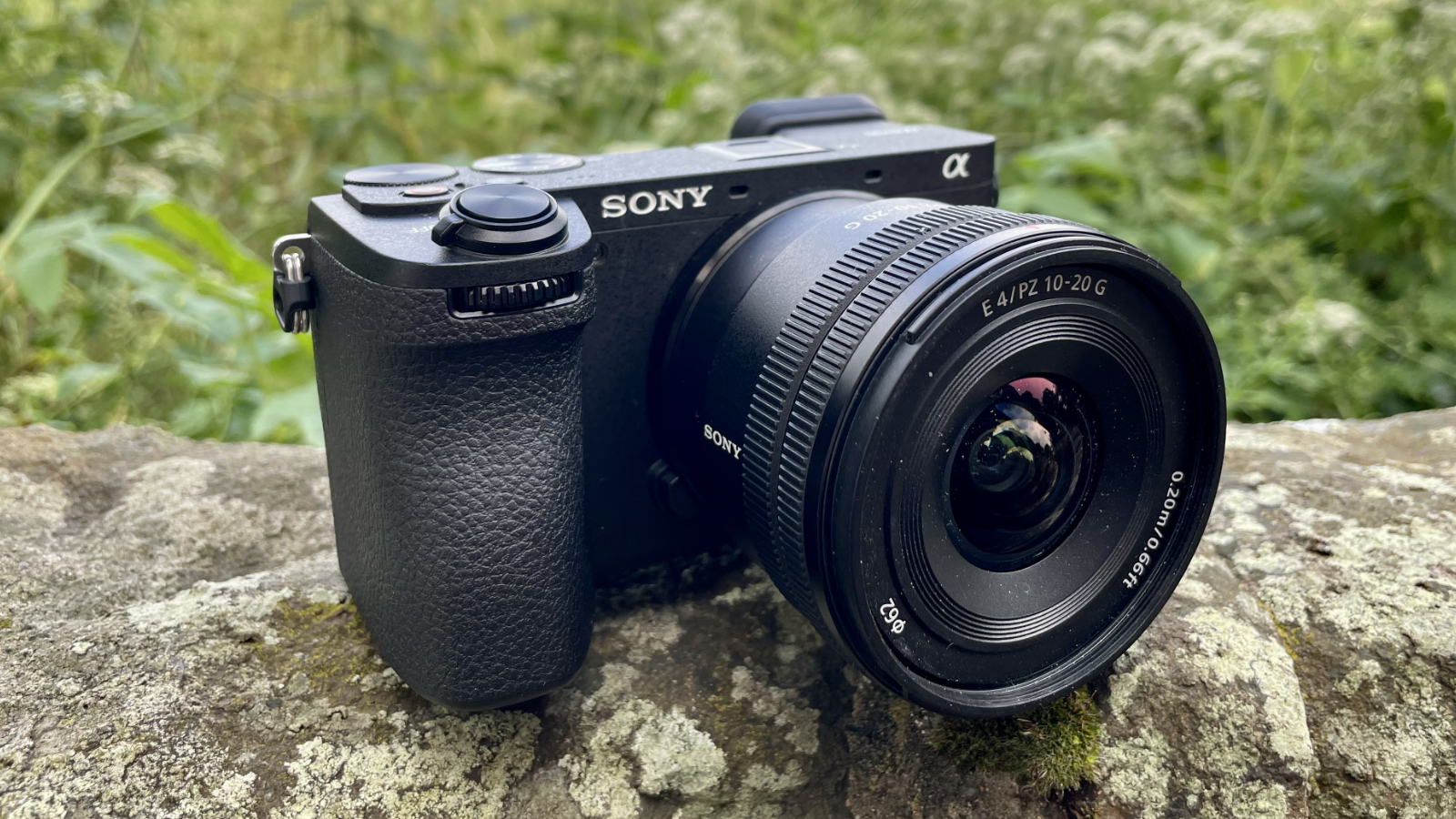
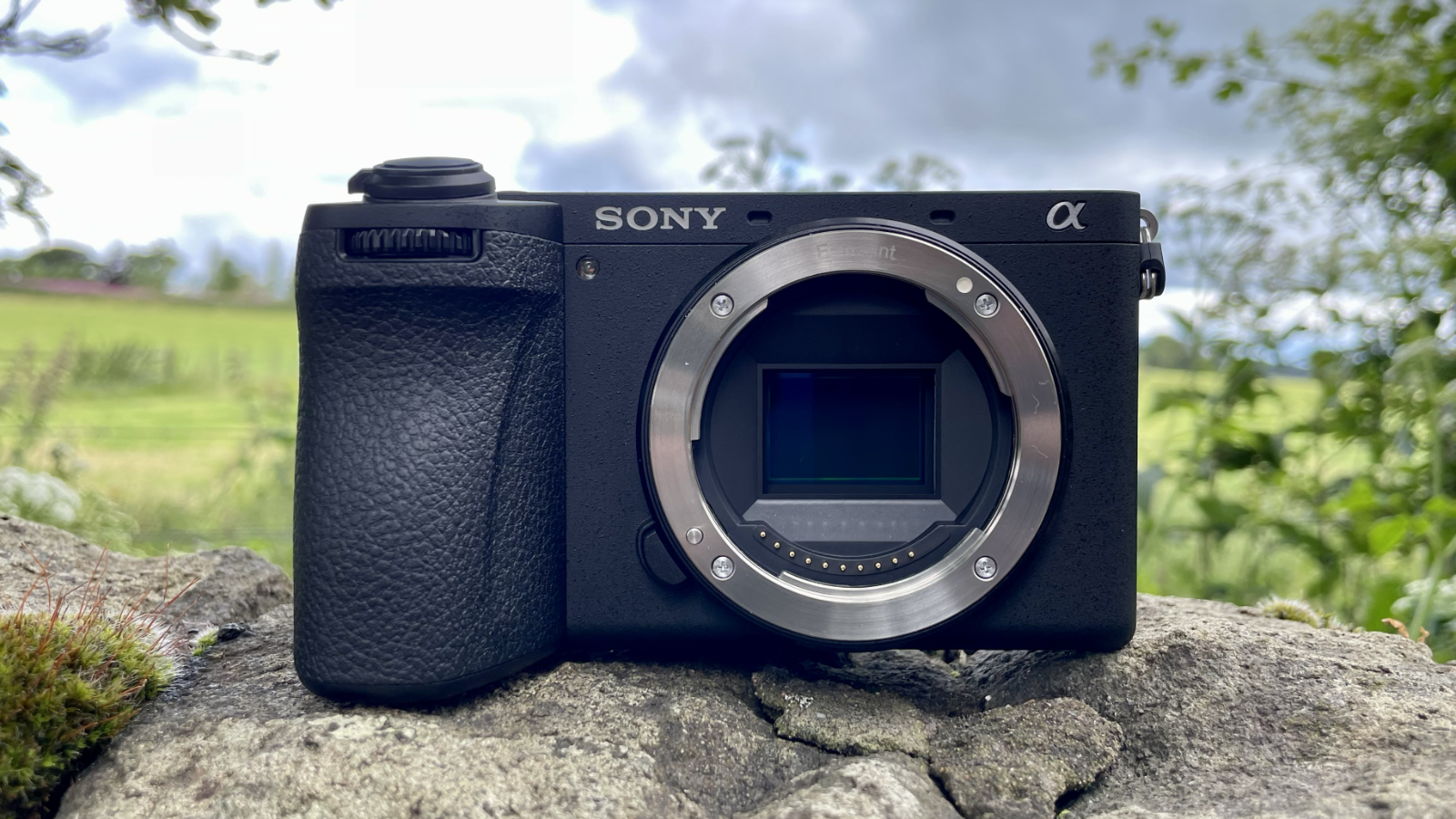
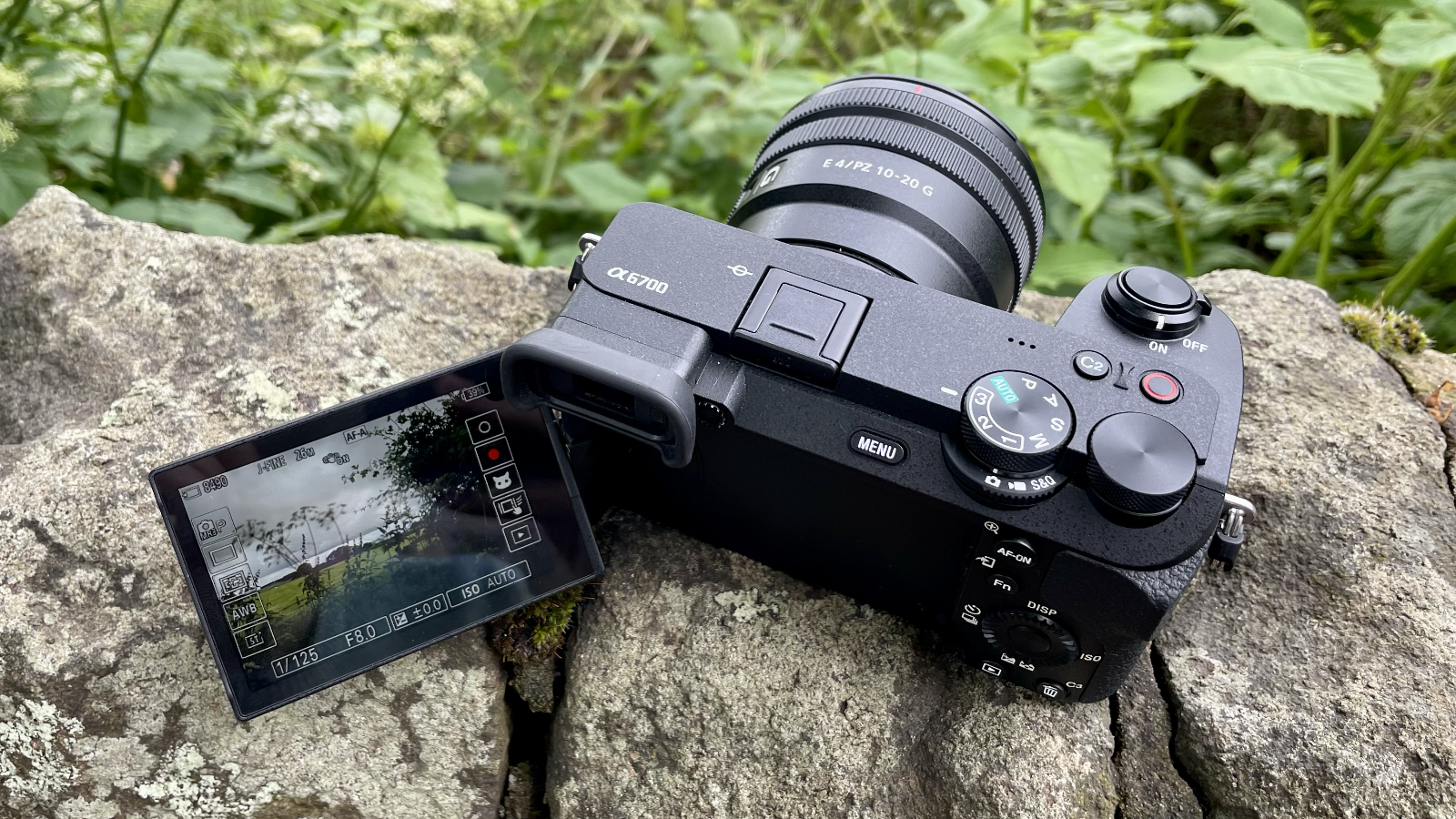


Specifications
Reasons to buy
Reasons to avoid
Sony Alpha A6700 sample images
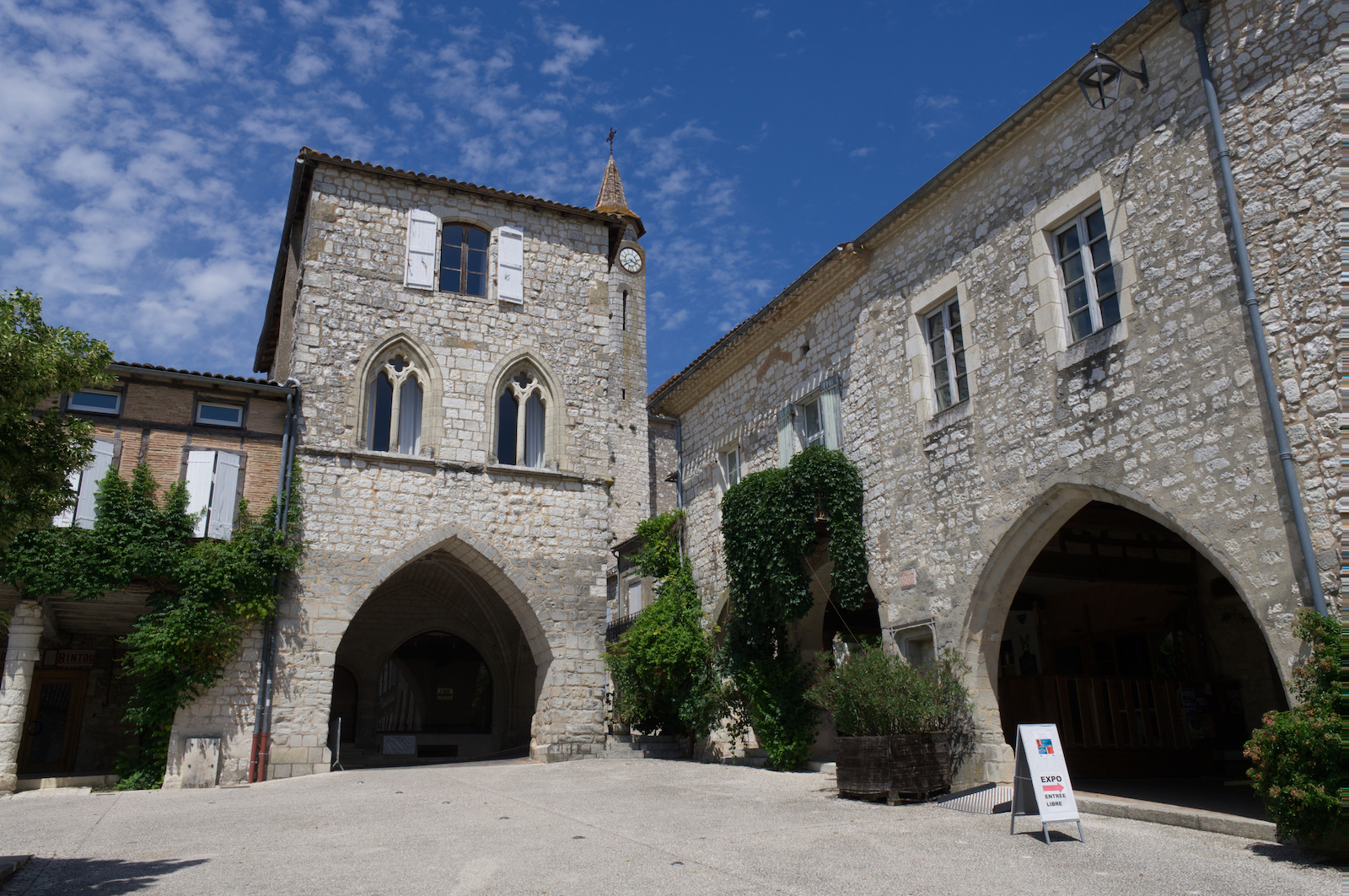




✅ You’d like class-leading autofocus: Boasting the same powerful AI chipset as the Sony A7R V, the A6700 can recognize and track pre-selected subjects with class-leading speed and accuracy.
✅ You want a powerful travel camera: Compact proportions, a decent grip, superb battery life and that sharp APS-C sensor with five-axis image stabilization and cutting-edge AI autofocus combine for an excellent travel camera.
❌ You mainly shoot video: The A6700 has excellent video skills, but there are better options if footage is your focus. For instance, there’s a heavy rop on 4K 120p video, while Active SteadyShot stabilization doesn’t smooth footsteps well.
❌ You like an easy menu system: Sony has tweaked the system interface on the A6700, but finding less common settings still requires much digging.
If we are to say which is the absolute best mirrorless camera with crop sensor, there's a strong case for the Canon EOS R7. However, there's only a few native lenses available for it and none of them are particularly exciting – a major downside, as is the case with the Nikon Z50 II. That leaves us with the likes of the Sony A6700 and Fujifilm X-T5, both of which have an enviable choice of lenses and are powerful cameras in their own right. Take the Sony A6700, a powerful hybrid for hobbyists, with a 26MP APS-C sensor armed with five-axis stabilization, plus a 759-point phase detection with Sony’s Real-time Recognition AF. The camera consistently delivered sharp, balanced images during our review and recognized and tracked a range of targets with class-leading autofocus accuracy. Video quality impressed us too – its 4K 60p video, oversampled from 6K, proved crisp in clear conditions.
The A6700 isn't perfect – we encountered noise when shooting at higher ISOs, while its metering system struggled with underexposure on overcast days. As for video, there’s a 1.6x crop on 4K 120p footage which isn't ideal, plus Sony's complex menu system leaves something to be desired. That said, Sony has improved the handling from previous A6000-series models, deepening the grip and giving direct-access controls, while maintaining compact dimensions. If you want a tidy APS-C hybrid with the latest autofocus performance, we think the A6700 is still a great choice. If you'd rather a retro feel and exposure dials, check out the X-T5, while if you want the fastest performance, the EOS R7 tops the bill.
- Read our in-depth Sony A6700 review
Top alternatives...
- Fujifilm X-T5 – If you're more of a photography purist, then the X-T5 could be a better pick with its 40MP stills and retro controls.
- Canon EOS R7 – The R7 beats the A6700 for speed and resolution, but its lack of native lenses are a major issue.
The best retro mirrorless camera





Specifications
Reasons to buy
Reasons to avoid
Nikon Z fc sample images
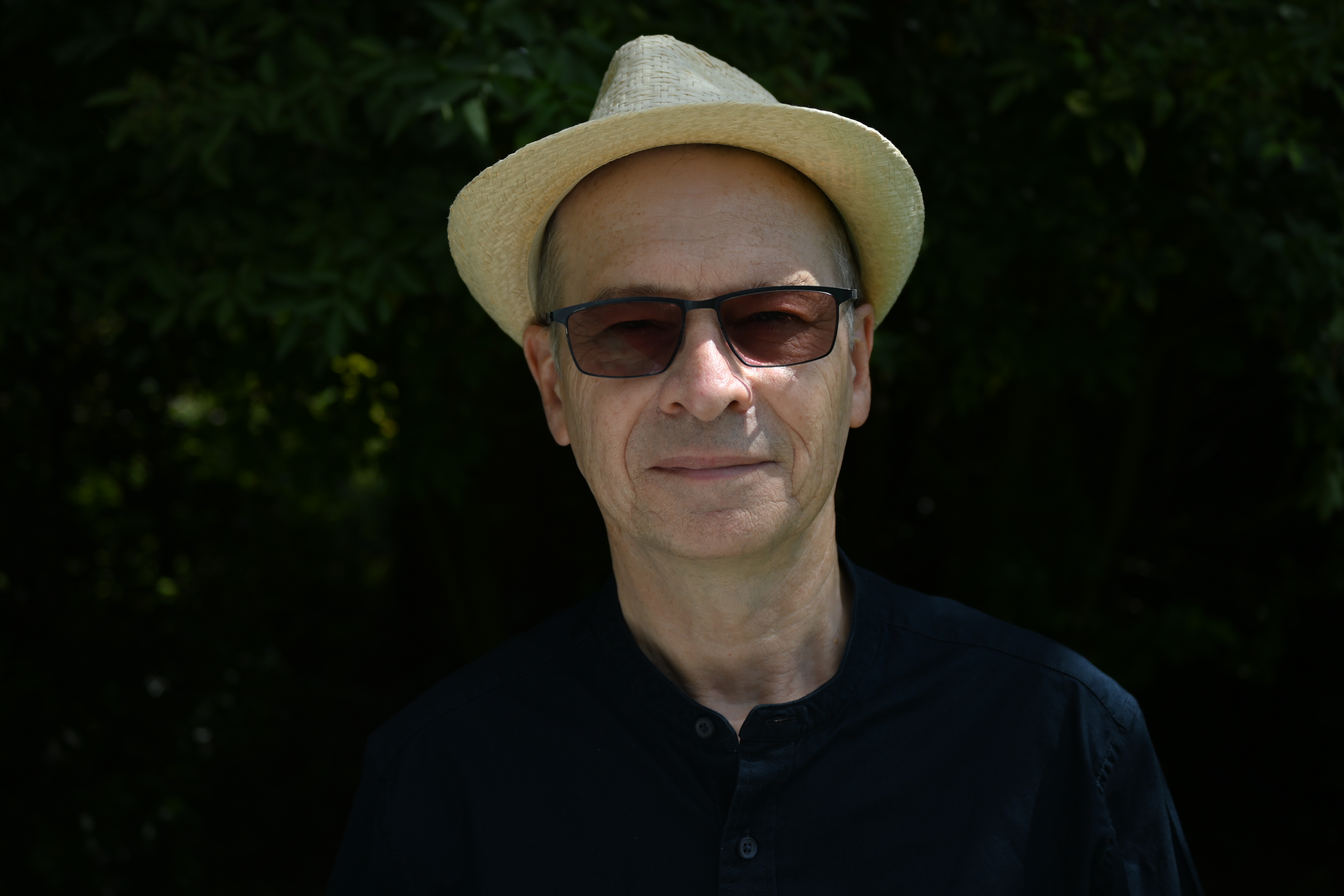

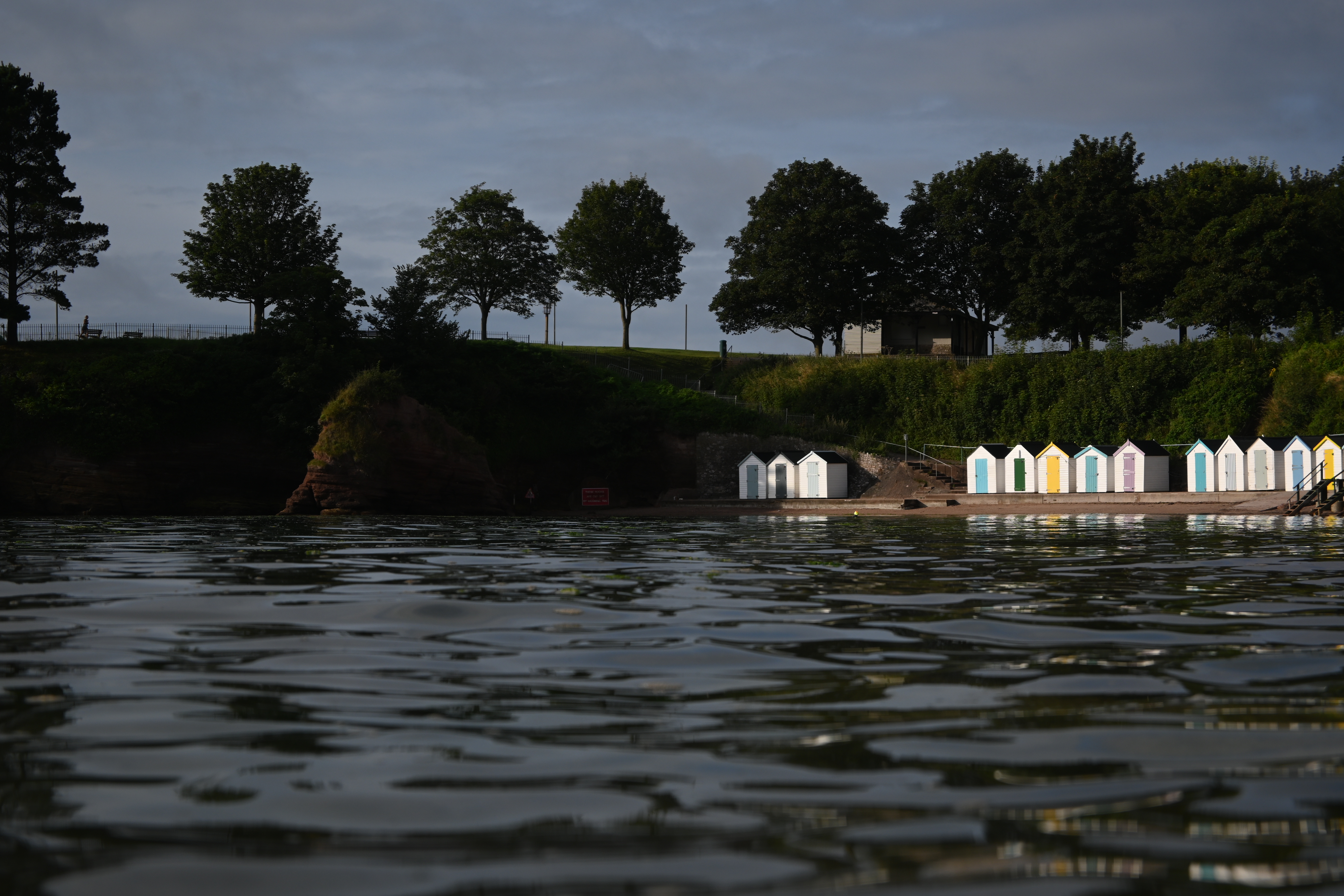


✅ You love old school cameras: Nikon fan or not, we can agree the Nikon Zfc is a retro-chic beauty.
✅ You want retro style with modern smarts: If you tuck the modern vari-angle touch screen away altogether you can pretend the Z fc is from a bygone era.
❌ You want a bullet-proof body: Inspired by the super-tough Nikon FM2 analog camera design, the Z fc is a casual camera with entry-level build quality.
❌ You need a decent choice of native APS-C mirrorless lenses: Nikon is yet to fill out the lens range for it's APS-C mirrorless cameras, although there is at least the 24mm f/1.7 prime lens now.
The Nikon Z fc is a gloriously retro take on the Nikon Z50, the camera giant's other crop-sensor mirrorless camera. It packs the same specs as the Z50 into a body that's inspired by the Nikon FM2 from the early 1980s – and the combination is a triumph for casual shooters who want a fun camera for travel and everyday shooting. It might lack a weather-proof build and the large grip seen on the Nikon Z50, but we found the Z fc to be a delight to shoot with.
Its competitive specs, which include a 20.9MP sensor, the ability to shoot 4K/30p video, and continuous AF tracking for people and animals, are also borne out in reality. The only downside? A lack of native lenses. If a wide range of APS-C lenses is important to you, then Fujifilm's X-series is a good alternative – but otherwise, the Nikon Z fc is a glorious mix of old and new. That said, if you have a little extra cash and are looking for a more rugged, full-frame retro camera, then the pricier Nikon Zf is the one for you.
Read our in-depth Nikon Z fc review
Top alternatives...
- Nikon Z f – the full-frame equivalent of the Z fc is better in every regard, but it is much pricier.
- Fujifilm X-E5 – this is what an interchangeable lens X100VI would look like – 40MP stills, premium quality and plenty of street swagger.
The best value mirrorless camera
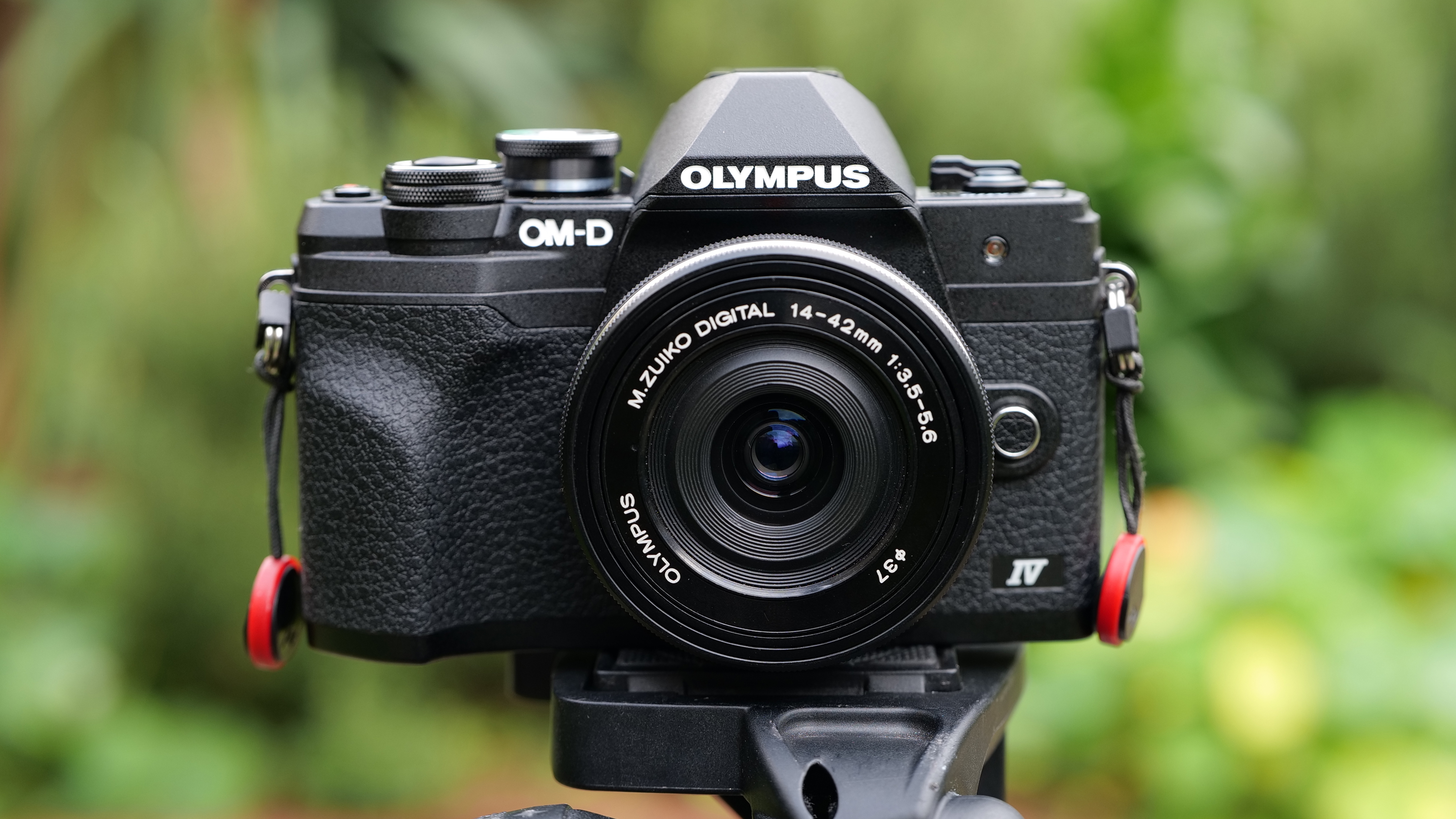

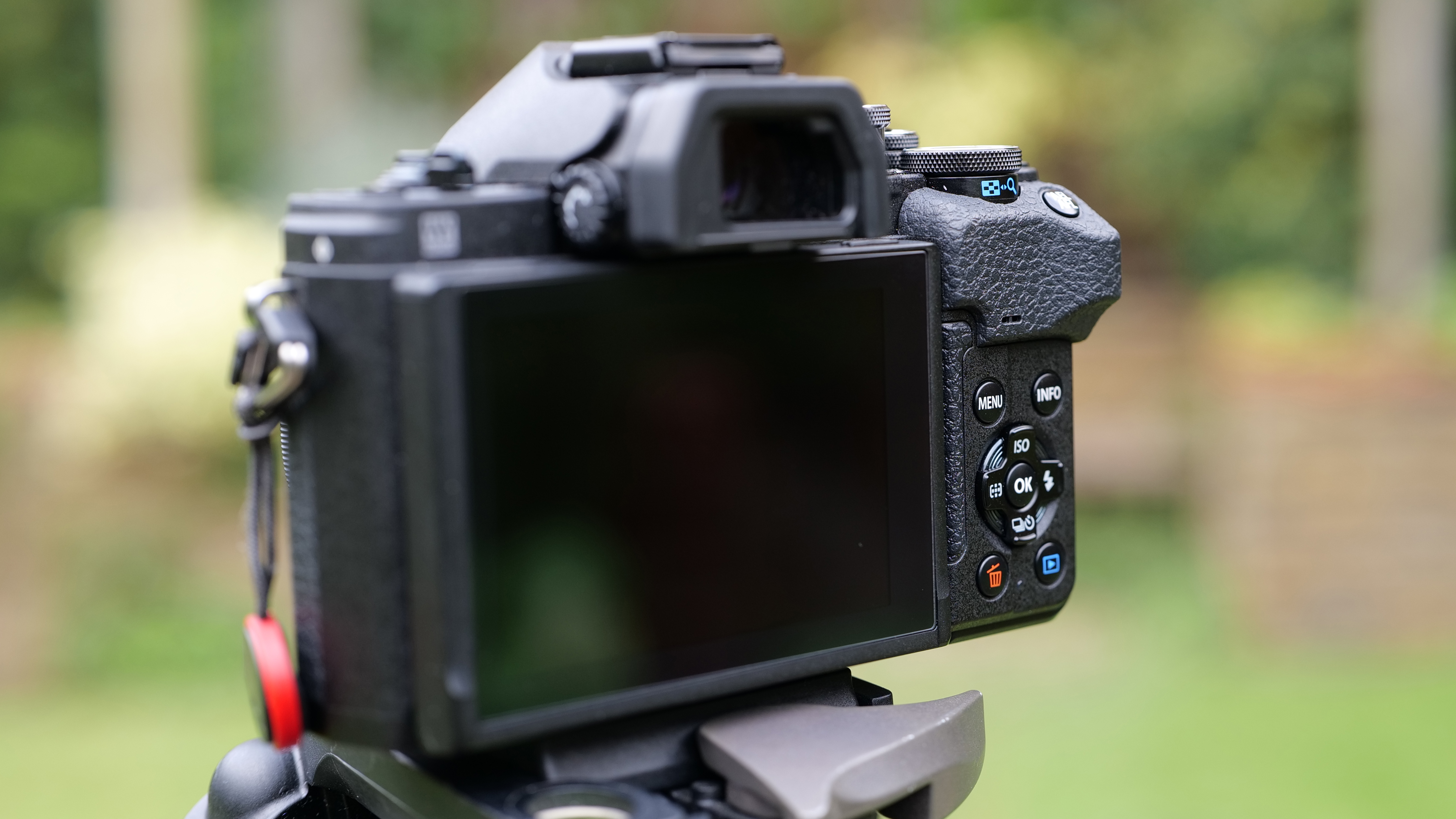
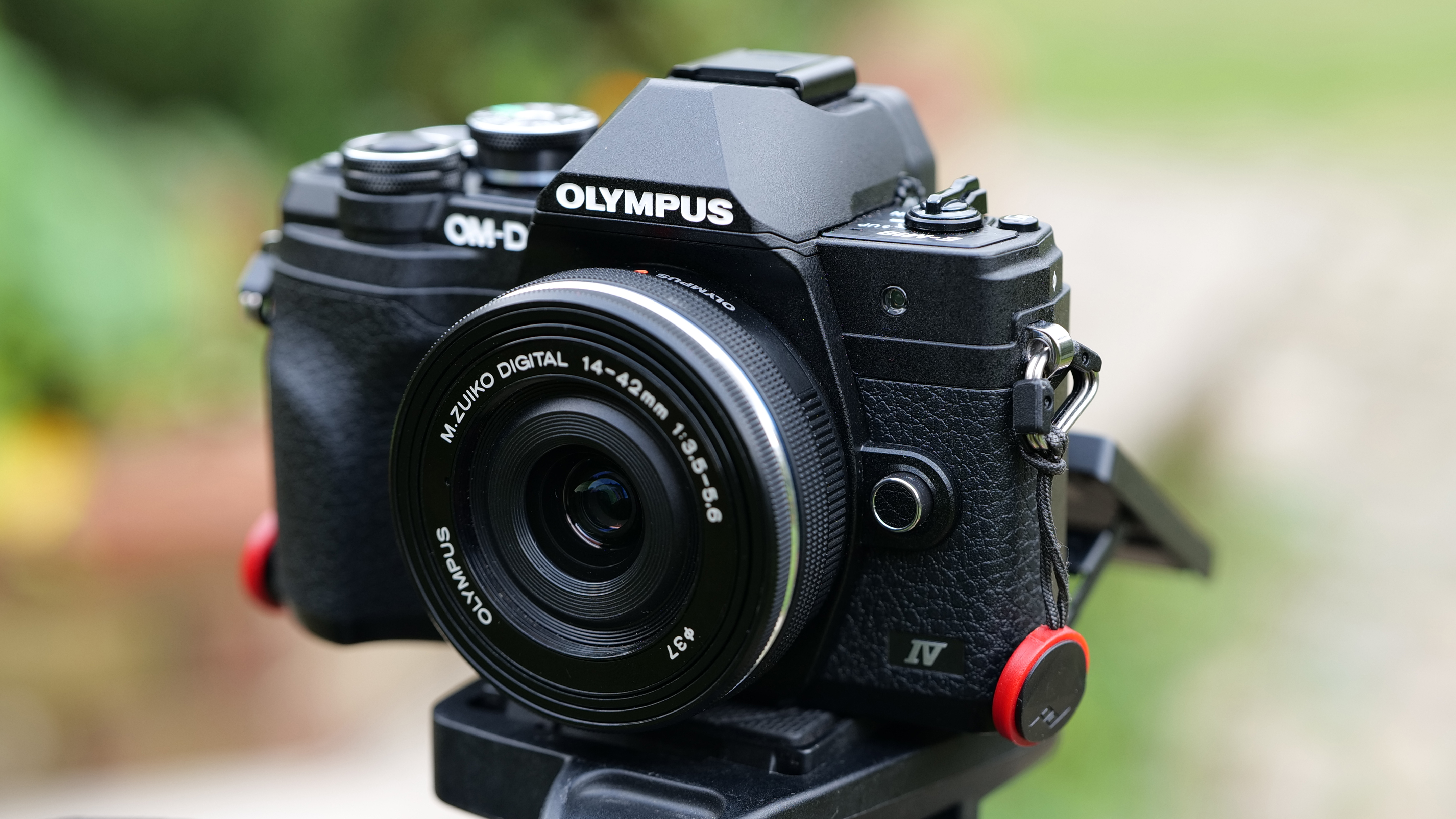
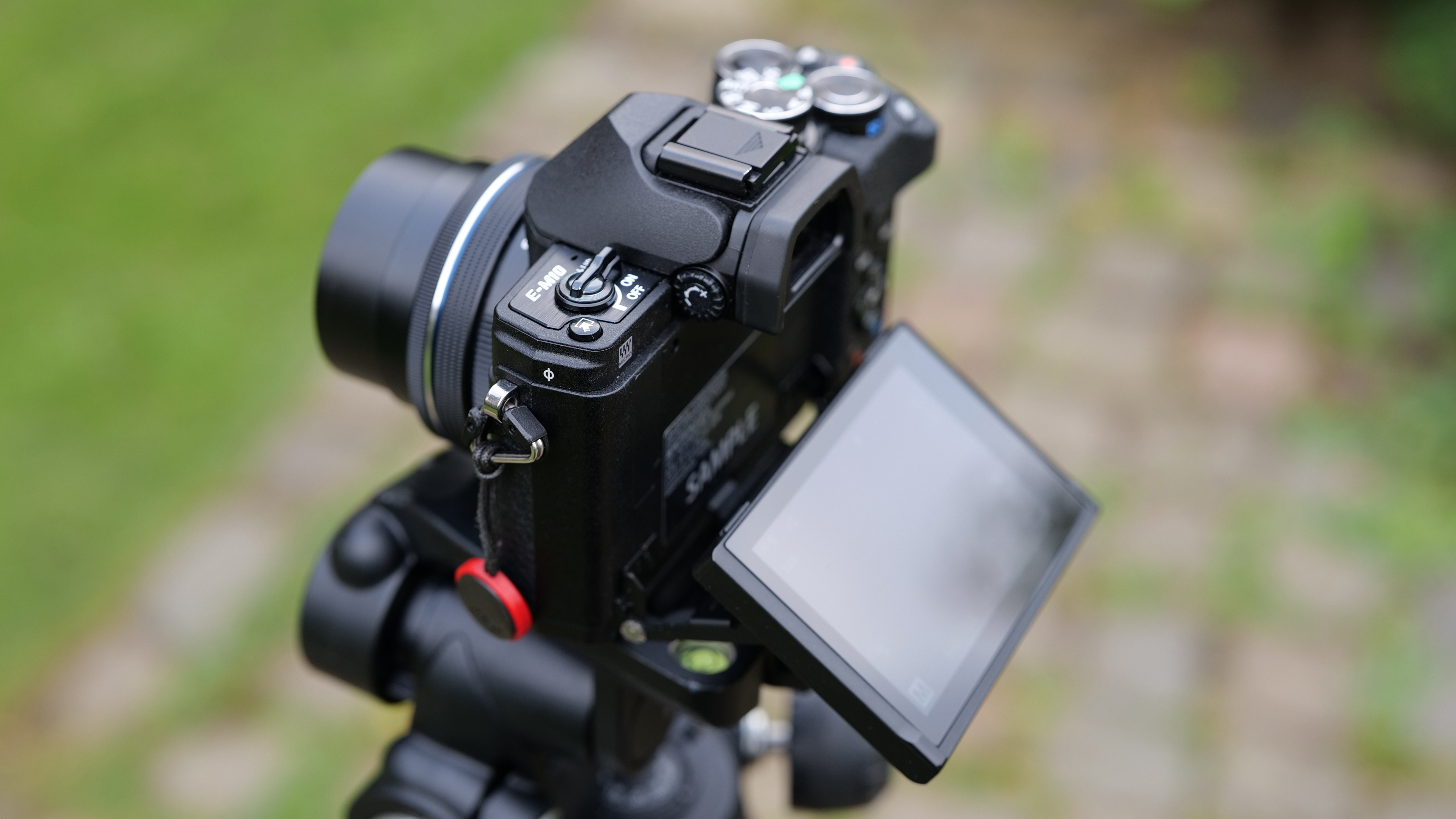
Specifications
Reasons to buy
Reasons to avoid
Olympus OM-D E-M10 Mark IV sample images


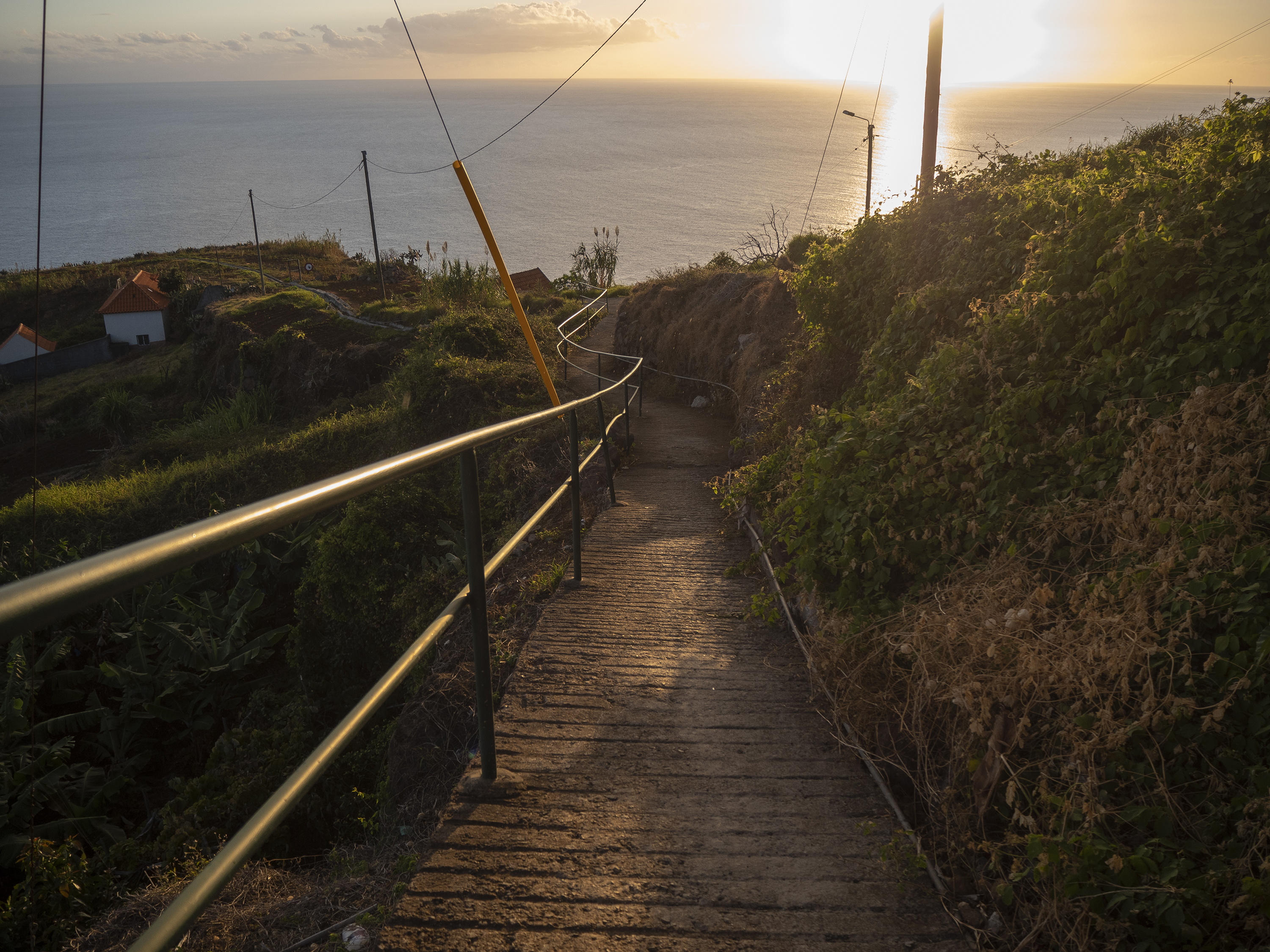

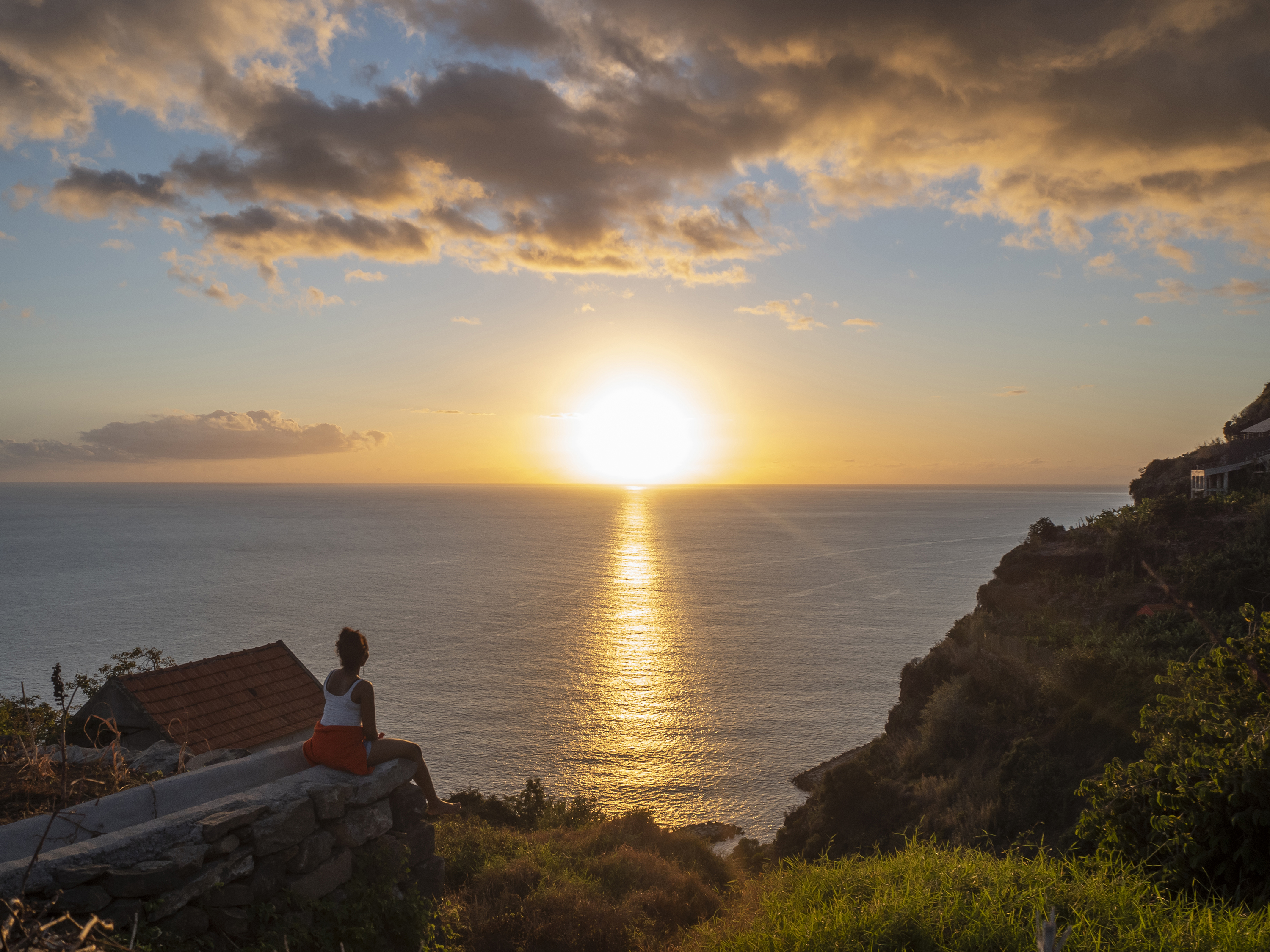
✅ You'll invest in a range of lenses: Micro Four Thirds has been around for ages and there's a huge selection of excellent and affordable lenses.
✅ You like to shoot handheld: The E-M10 IV boasts class-leading image stabilization, which can keep your handheld shots sharp at slow shutter speeds.
❌ You also shoot video: The E-M10 Mark IV lacks phase-detection autofocus, a mic input and USB-C port, while video is capped at 4K/30p, meaning no slow motion recording.
❌ You're looking for the best autofocus: The E-M10 Mark IV's specs are surpassed by some rivals, especially its autofocus chops.
On paper, the E-M10 Mark IV is an easy camera to overlook. But in reality, it’s one of the best cameras for beginners who are mainly focused on stills rather than video. It might lack advanced features such as phase-detection autofocus or a microphone input, but it ticks all of the key boxes for beginners. A compact body and approachable button layout make it an accessible upgrade for smartphone photographers, as do Wi-Fi and Bluetooth connectivity.
In our tests, we found that the 20.3MP sensor to be plenty capable enough to capture consistently attractive images, while in-body image stabilization works a treat for shooting snaps at slower shutter speeds. The 121-point contrast detection autofocus won’t make headlines, but it does a decent job of consistently tracking faces and eyes. Add classic styling to the mix, plus a handy flip-down touchscreen and an Advanced Photo mode that makes it easy to experiment with complex techniques and the Mark IV proves itself a well-rounded beginner mirrorless option.
Read our in-depth Olympus OM-D E-M10 Mark IV review
Top alternatives...
- Canon EOS R100 – there's no cheaper mirrorless camera than the EOS R100 and it has the same 24MP sensor as the R10. However, it's handling is much simpler.
- Nikon Z30 – Nikon's cheapest mirrorless camera is designed for vlogging and does that job really well. However, you lose out on a viewfinder.
The best medium-format mirrorless camera


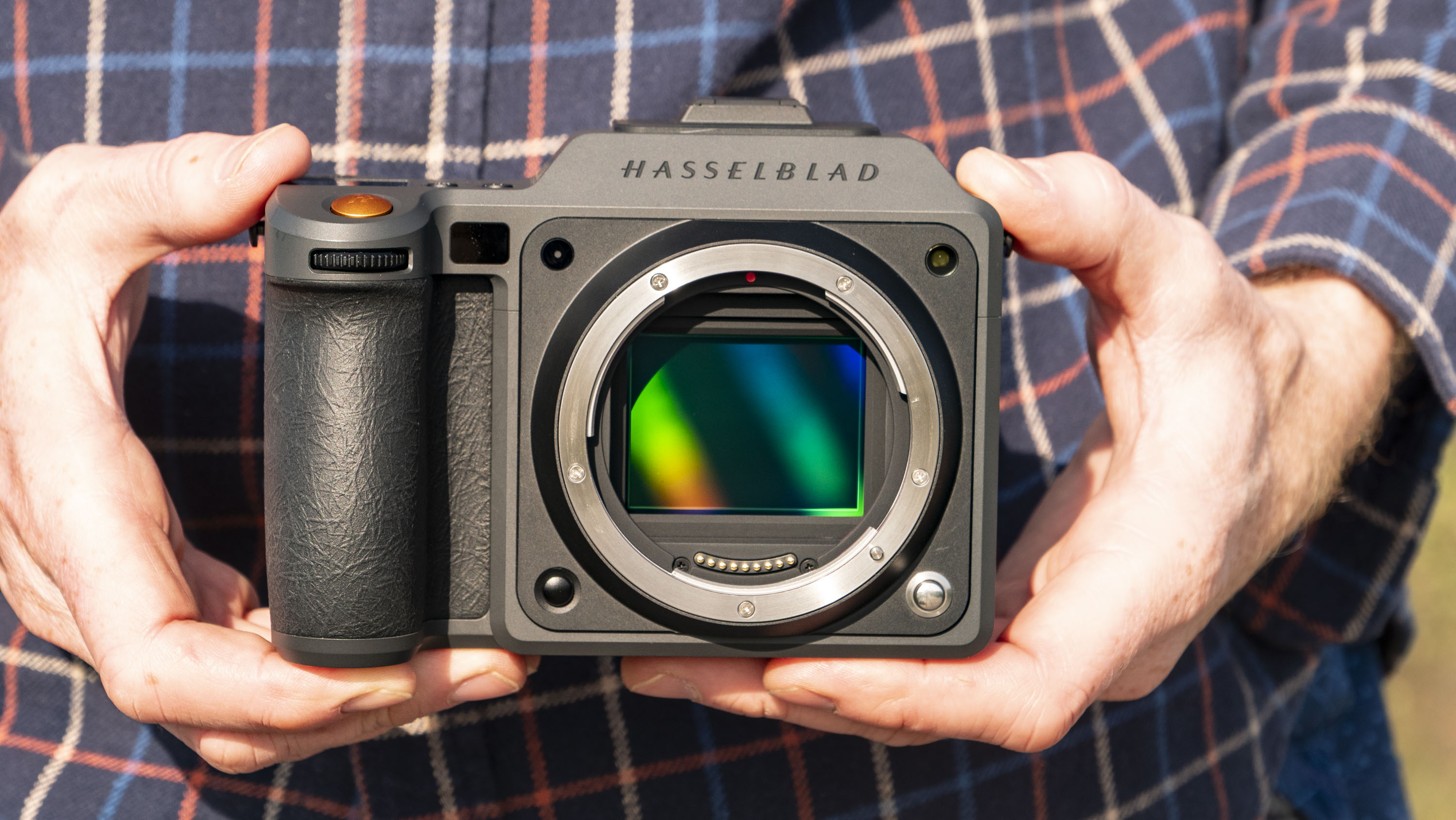
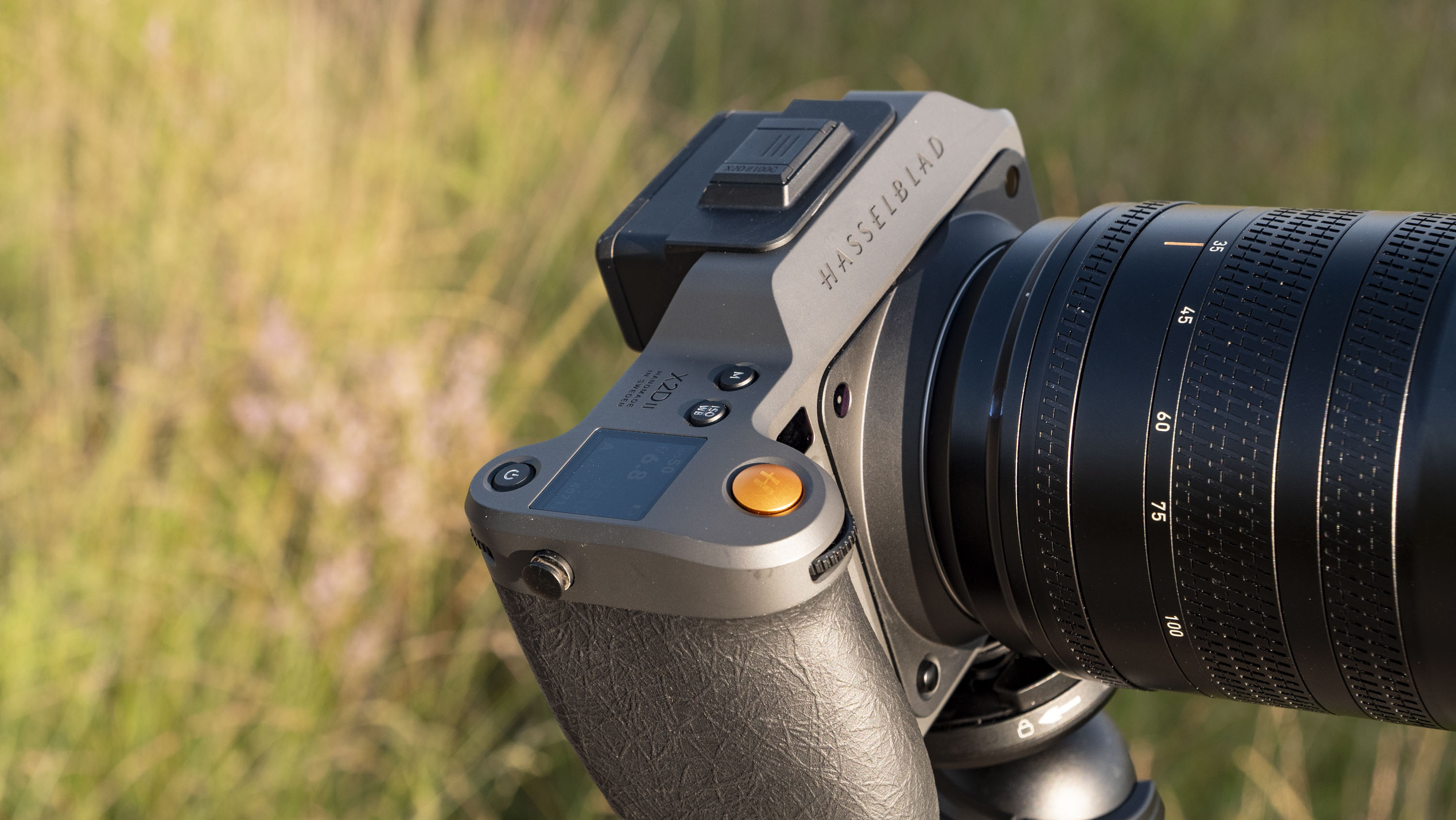

Specifications
Reasons to buy
Reasons to avoid
Hasselblad X2D II 100C sample images

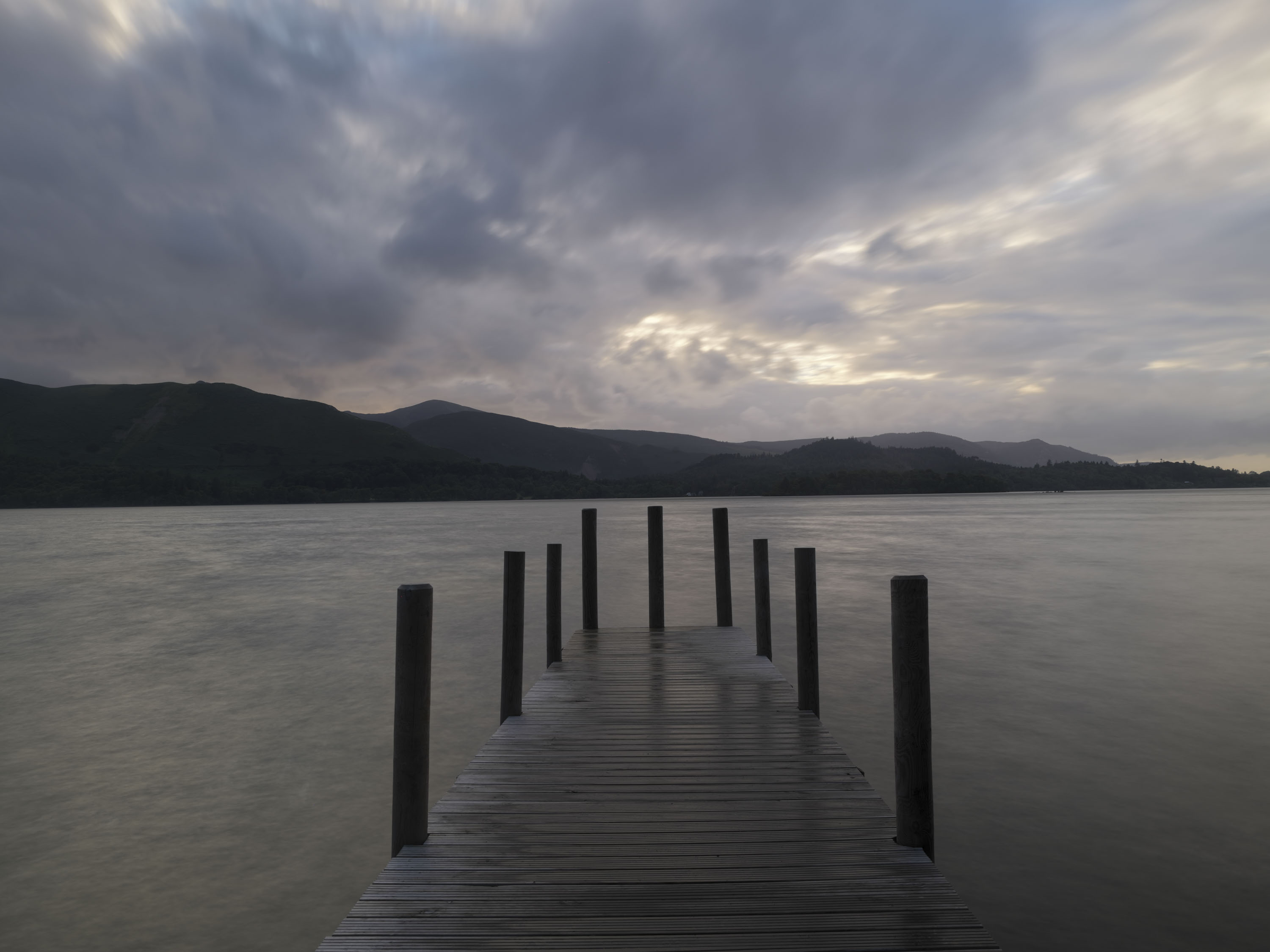



✅ You a minimalist fan: The X2D II's minimalist design is stunning and helps you focus on the task of taking pictures.
✅ You want the best possible image quality: 100MP stills, a sensor larger than full-frame, Hasselblad's natural color science and end-to-end HDR combine for industry-leading image quality.
❌ You're on a budget: Desptie the price reduction – kudos Hasselblad – it's top dollar for this top camera especially when you factor the cost of lenses.
❌ You shoot video: There's no video recording capabilities at all, seriously.
The Hasselblad X2D II 100C is unique in this list in more ways than one: it's a stills-only camera, plus it utilizes a larger 44 x 33m sensor. The upshot is a refreshingly minimalist experience, and industry-leading photo quality. In fact, I fell in love with the X2D II might just be my dream camera for landscape photography trips and portraits.
That's not to say the X2D II is pedestrian – far from it. There's a gorgeous 3.6-inch tilt dsiaply with touch response akin to a phone, stripped-back menus and a 1TB built-in SSD, which you'll need for those massive 200MB raw files. There's also continuous autofocus (which is a first for Hasselblad), complete with subject tracking skills and LiDAR, courtesy of parent company DJI.
Combine those focsing skills with class-leading image stabilization, and you have a versatile camera for handheld use. Image quality, which was already stunning in the original X2D, is further bolstered with end-to-end HDR capture. Those natural colors are improved dynamic range are next level to your average full-frame mirrorless model.
If you shoot action photogarphy or video, the X2D II isn't for you. But if detail and outright image quality matter most, there's nothing better. Hasselblad set the X2D II price much lower than its predecessor, too – so major kudos there.
Read our in-depth Hasselblad X2D II 100C review
Top alternatives...
- Fujifilm GFX100 II – for once Fujifilm is pricier than Hasselblad, however the GFX100 II is a better hybrid being able to shoot 8K video.
- Fujifilm GFX 100S II – want the 100MP sensor for less? Try the GFX 100S II whose GF lenses tend to costs less too.
The best mirrorless camera for action

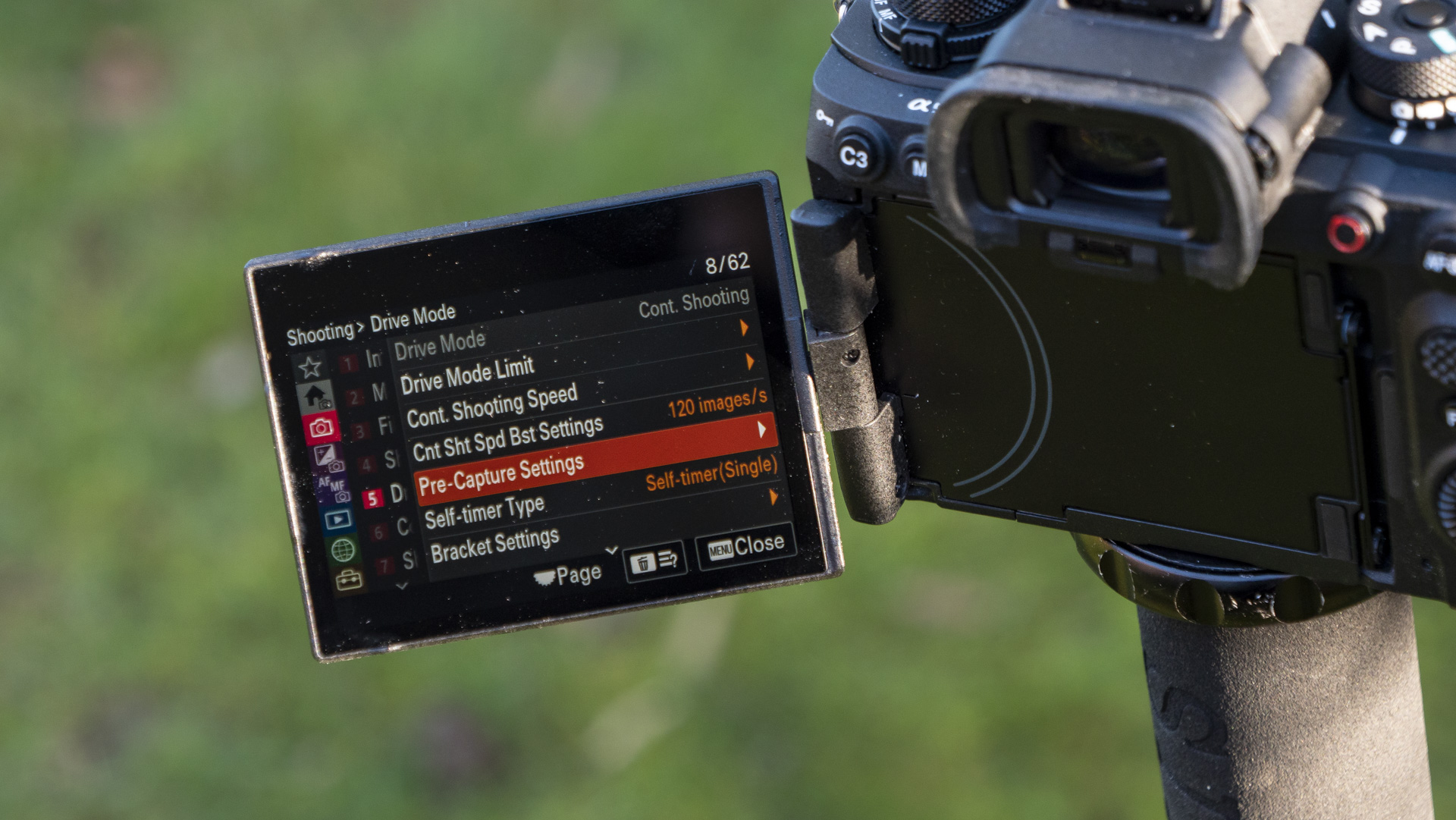

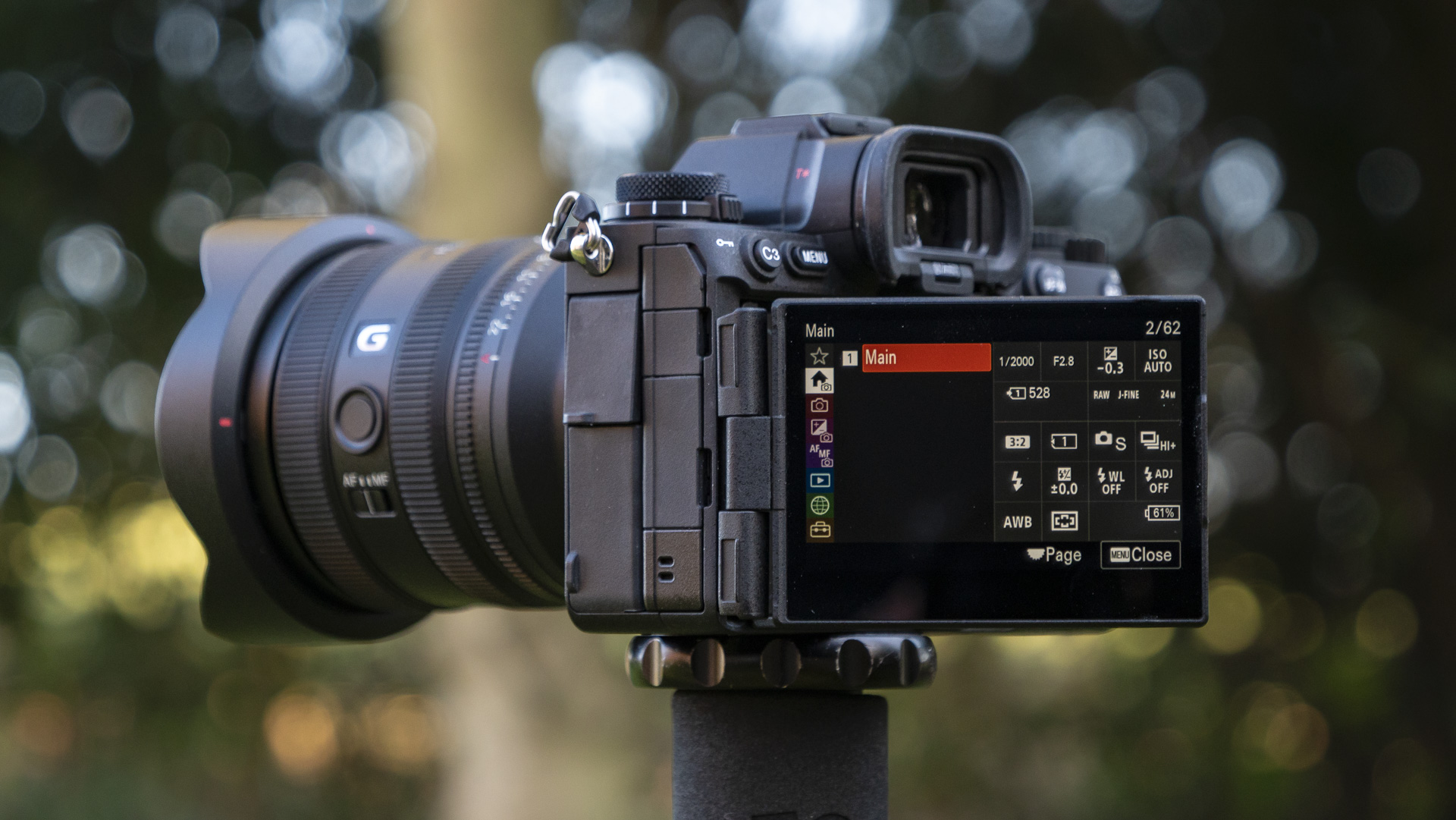

Specifications
Reasons to buy
Reasons to avoid
Sony A9 III sample images


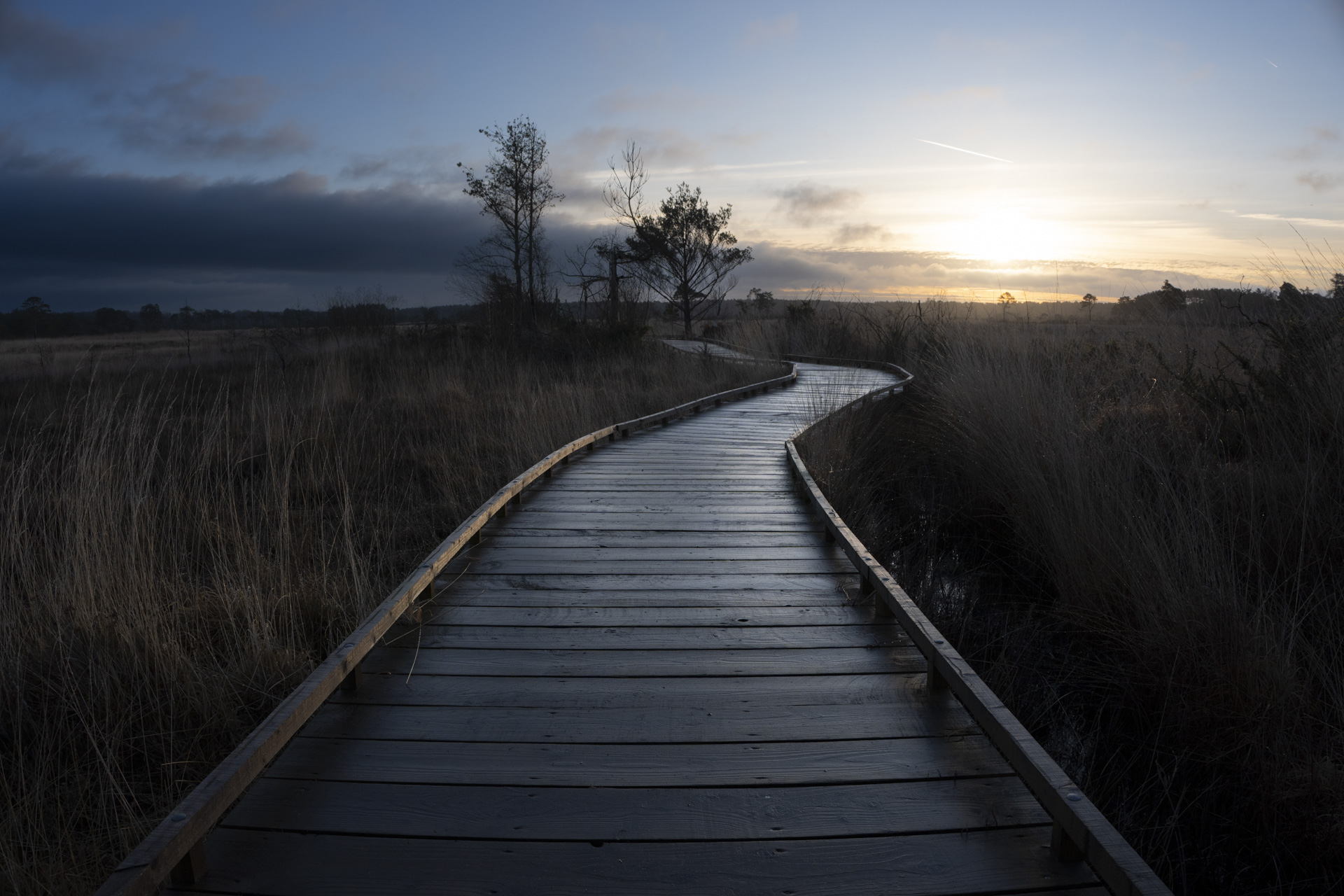

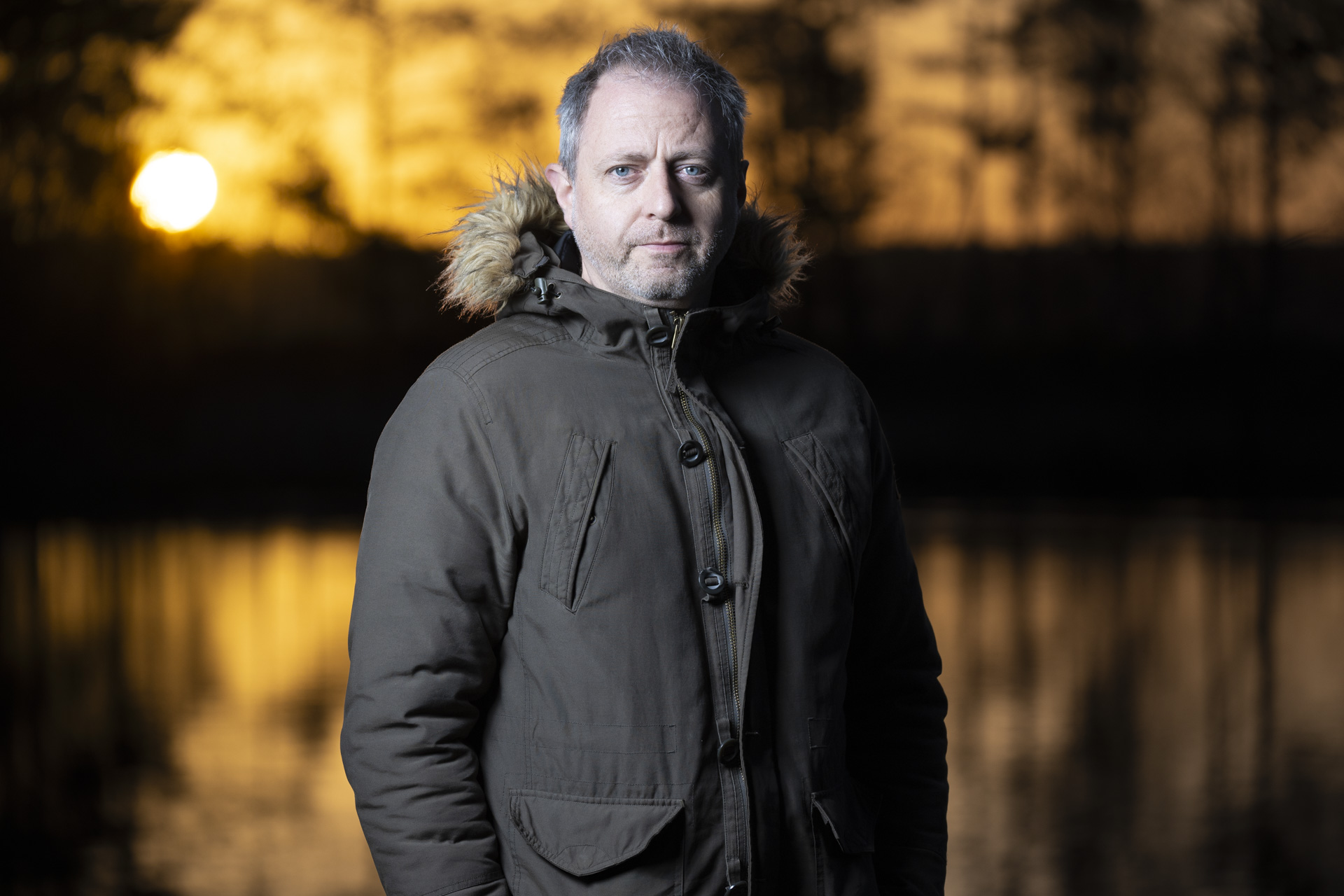
✅ You want the fastest camera in the world: With burst speeds of up to 120fps and 1-second pre-capture, the Sony A9 III is unmatched on speed.
✅ You're a serious action photography: As well as those rapid burst speeds, a global shutter eliminates rolling shutter in fast panning shots.
❌ You're on a limited budget: The Sony A9 III offers unmatched speed with a price to match; you'll find better value if 30fps is enough.
❌ You need high-res images: The A9 III favors speed over size; if you need to print big, you're better off with a Nikon Z8 or Sony A7R V.
There is no faster camera right now than the Sony A9 III: thanks to a world-first global shutter, it can shoot at speeds of up to 120fps. As confirmed by my in-depth tests capturing pro track athletes in action, that makes it an incredible choice for sports photography. So does the fact that the global shutter eliminates rolling shutter, meaning you can pan quickly without any distortion. Backed up by class-leading subject-tracking AF, the A9 III proves an unmatched choice for capturing fast-moving subjects.
In my review, we also praised the A9 III’s design as one of Sony’s best ever: it’s well-built and neatly sized with a comfortable grip. What you don’t get with the A9 III is a high-resolution sensor, so if you need stills bigger than 24MP, you’ll be better served elsewhere. The global shutter also limits dynamic range and produces more noise in low light, while the use of (pricey) CFexpress type A cards can fetter performance. Nonetheless, its outright shooting speeds make the A9 III the ultimate choice for action photographers.
Read our in-depth Sony A9 III review
Top alternatives...
- Canon EOS R1 – the EOS R1 is simply Canon's most powerful mirrorless camera with incredible autofocus features and neat in-camera editing skills.
- Nikon Z9 – the Z9 isn't nearly as fast in terms of burst shooting, but it is also a stellar action camera, with higher resolution 45MP stills and 8K video.
Also consider
I've already touched on some of the best alternatives for each entry in this guide. In the summary below, I further unpack those cameras, plus a few others which are truly worth considering:
Best for detail – Sony A7R V: At 61MP, the full-frame A7R V has class-leading resolution and up to eight stops of image stabilization, making it a fantastic choice for landscape or studio pros. It also boasts a powerful Bionz XR processing engine and AI-powered Real-time Recognition AF that reliably locks onto a range of subjects, working particularly well with people.
Best crop-sensor Canon – Canon EOS R7: The Canon EOS R7 is like one of the camera giant's full-frame EOS R cameras, only with a smaller APS-C sensor. For the price, it's impressively powerful, particularly if you're fan of shooting wildlife or sports scenes. That's because it boasts a 32.5MP sensor with 15fps burst speeds. The main drawback is the severe lack of native lenses, which is why we prefer the Sony A6700.
Best value hybrid – Sony A7 IV: A solid all-rounder with top-spec performance, the A7 IV offers superb autofocus skills, strong video capabilities and excellent image quality from its 33MP full-frame sensor. It’s more expensive than the A7 III, but there are very few things it can’t cover. We think it’s the best camera for photography.
Best Micro Four Thirds – OM System OM-1 II: Don’t let its smaller sensor fool you: this is an incredibly powerful camera for its size. One of the most advanced cameras on the market, the OM-1 II benefits from clever computational shooting modes, including AI subject recognition, as well as impressive image stabilization and Live Graduated ND filters.
Best for vlogging – Sony ZV-E1: Equipped with the same sensor as the Sony A7S III, as well as super-responsive autofocus boosted by AI, the ZV-E1 makes it simple for solo creators to capture quality 4K vlogging content. Its size is perfect for handheld videos, as is the reliable in-body image stabilization system. We think it’s one of the best vlogging cameras.
Best for wildlife – Panasonic Lumix G9 II: The Lumix G9 II offers higher-resolution photos, more video recording modes (including ProRes raw to an external SSD) and a faster processor than the G9, plus hybrid phase detect autofocus. It's sensor format and lens selection are particularly well suited to wildlife and sports photography.
Best retro Fujifilm alternative – Nikon Zf: Fujifilm forged the retro mirrorless camera path, but Nikon has its own winner with the stunning full-frame Zf, a faithful reimagining of the Nikon FM2, with some of the best manual focus tools, too. It's not all looks, either. The Zf packs Nikon’s latest processor, 24.5MP stills up to 30fps, its best in-body image stabilization yet, and powerful autofocus.
Best cheap video – Fujifilm X-M5: There's not many options available today for less than $1000 / £1,000, and that's what makes the Fujfilm X-M5 all the more impressive, given its powerful features. Ideal as a compact walkaround camera for documentary and street snaps, the X-M5 has powerful 6K video features too, including open gate recording and vertical video.
Upcoming mirrorless cameras

Mirrorless cameras continue to set the bar in 2025. The year has already seen a number of new models hit the market, several of which are featured in the list above. We only include cameras here that we’ve tested first-hand, but we also keep a close eye on official announcements, industry rumors and speculation around upcoming releases.
One camera we already know about is the Canon EOS R6 Mark III, which looks like the ultimate hybrid and serious competition for Nikon and Sony – with 33MP full-frame sensor, open gate 7K video recording and clever autofocus, it will probably land in this guide once our in-depth review is complete.
There could also be further action this year, if previously reliable sources are correct. This article about 5 cameras which could still come in 2025 has been on the money for the Leica M EV1, Fujifilm X-T30 III and Canon EOS R6 Mark III. The remaining cameras in that list are the Sony A7 V and the DJI Osmo Pocket 4. Here are 5 upgrades that could make the Sony A7 V the perfect all-rounder and likely future entry in this guide, should it land, with rumors now pointing to December.
We keep this guide regularly updated with the results of our latest mirrorless camera reviews, so you’ll always get a full picture of the best mirrorless cameras you can buy right now.
How to choose the best mirrorless camera for you
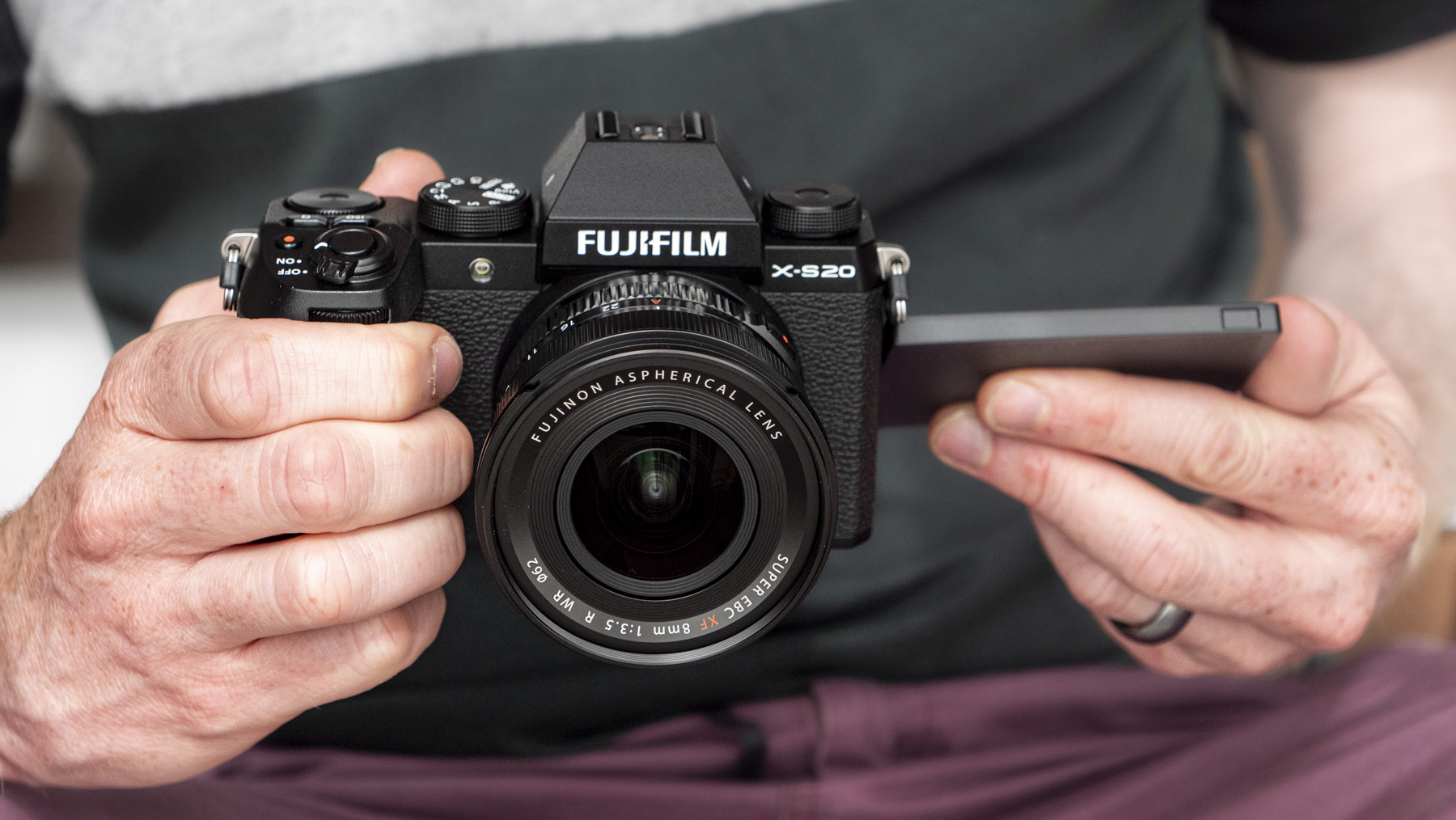
How to choose the best mirrorless camera
It's a great time to buy a mirrorless camera, but also a slightly overwhelming one. An explosion in the number of options available at all price points from the likes of Canon, Sony, Nikon, Fujifilm, Panasonic and a reborn Olympus (now known as OM System) means that photographers and videographers have never had more choice. So where to start?
Sensor
Sensor size is often a good barometer of a camera's character and shooting style. Models that are built for professionals and keen amateurs will have either a full-frame sensor or a slightly smaller APS-C chip. The latter tend to be smaller and more affordable than full-frame cameras, if not quite as portable as those with Four Thirds sensors (from Panasonic and Olympus).
Displays
Other important features to look out for are electronic viewfinders (EVFs), which bump up the price but are nigh-on essential for most photographers. It's also worth considering what kind of lenses you'll need.
Lenses
If you like to specialize in a particular area (for example, wide-angle architecture or macro), then check the system you're looking at to make sure it has the right options for you. In the full-frame mirrorless space, Sony offers the most choice right now, while on crop-sensor APS-C cameras Fujifilm has a wide range of options at most focal lengths.
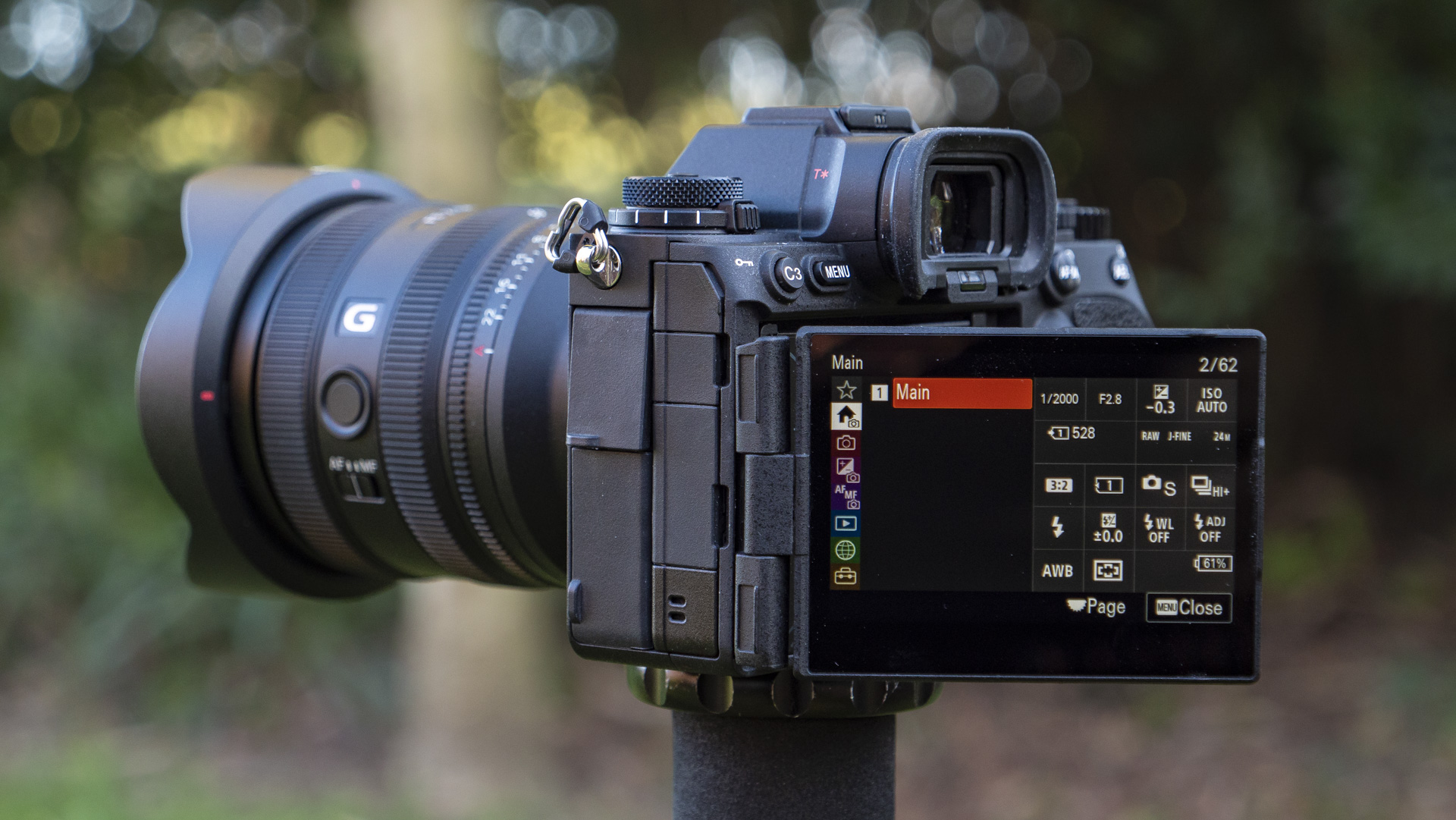
Mirrorless or DSLR: what's the difference?
The mirrorless vs DSLR debate has been a hot topic since the arrival of the first mirror-free cameras. Which is best for you will always be a personal choice, although most manufacturers are now focused on pouring their best tech into mirrorless models. Our dedicated mirrorless vs DSLR guide should help you decide which one is right for your needs, but there are a few key ways in which the two formats are different.
Size
Mirrorless cameras allow you to change lenses like a DSLR. But unlike a DSLR, they don’t use a mirror to direct light onto the sensor inside. Instead, light is received and processed by the sensor directly. Because they don’t need a bulky mirror, they can be made more compact than a traditional DSLR. No mirror to move also means faster potential shutter speeds.
Viewfinder type
The other key difference is the viewfinder. Where DLSR cameras use an optical viewfinder to help you frame scenes, mirrorless cameras rely either on an electronic equivalent, or require you to compose using their rear screen. While the latter can be problematic in bright conditions, the former is no longer the dealbreaker it once was: modern EVFs are bright and sharp, giving you a realistic preview in real-time, with the benefit of data readouts.
Mirrorless cameras initially featured smaller sensors than DSLR cameras, but today you’ll find a catalogue of mirrorless models with full-frame and APS-C sensors. This means there’s no clear difference in image quality between the best DSLR and mirrorless cameras.
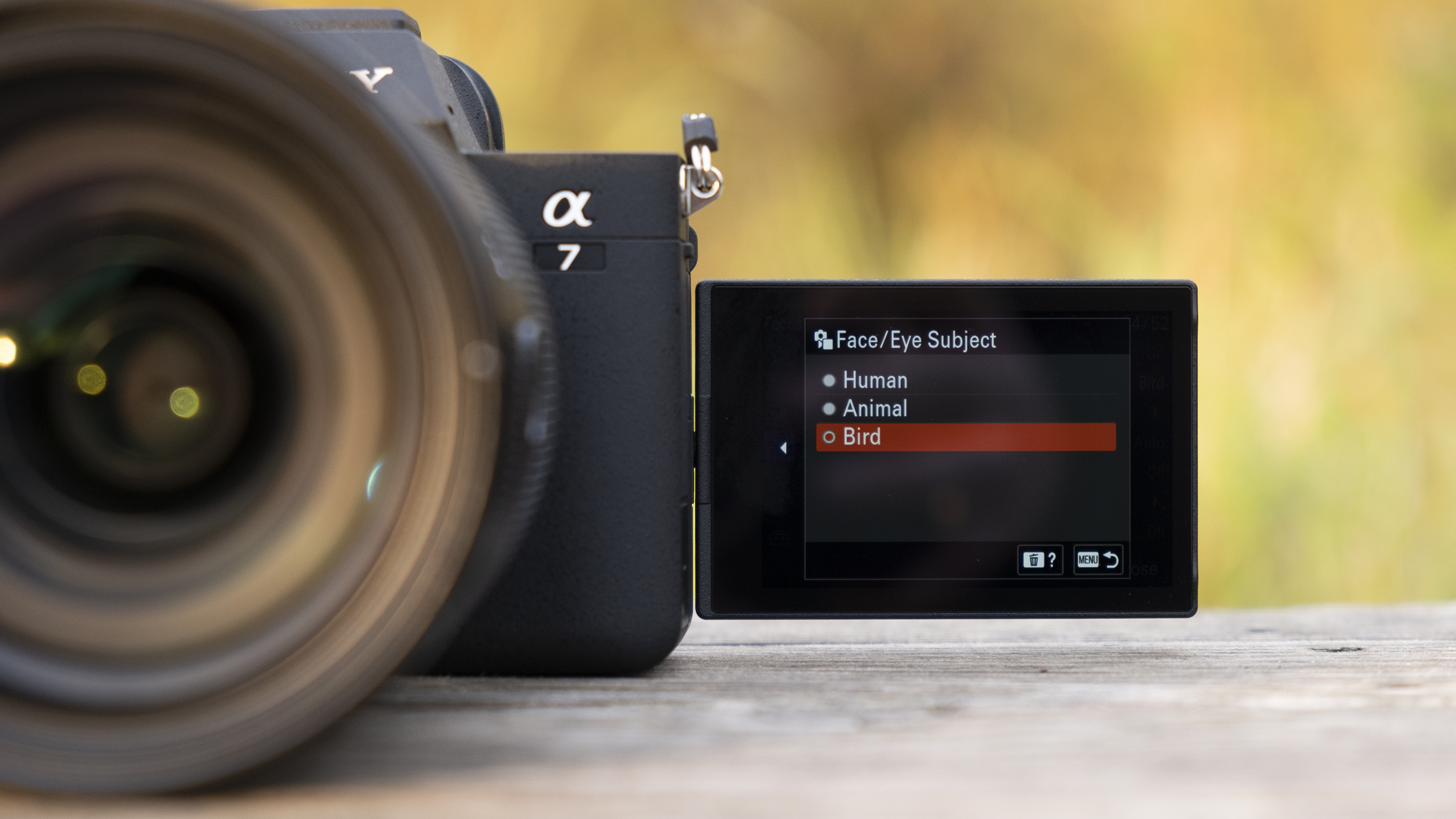
Why are mirrorless cameras better?
Is a mirrorless camera better than a DSLR? There are still quite a few pros and cons to both designs, so if you want to find out more, read our Mirrorless vs DSLR cameras guide.
Availability
Mirrorless cameras certainly offer more choice. If you're looking to buy a DSLR, there's only really two main players in the shape of Canon and Nikon. If you opt for a mirrorless camera, the choice of brands is much broader, with the likes of Canon, Panasonic, Fujifilm, Sony, Olympus and Leica all offering a wide range of cameras to suit most budgets.
Right now, every major camera manufacturer has something to shout about, and their latest models are different enough from their rivals to stand out in some way.
Affordability
While it would be very easy to select 10 high-end models to make up our pick of the best mirrorless camera, we've tried to pick out some more affordable options as well. These models might not be dripping with features, but they represent great options for new users and those on a budget. That said, if you're looking specifically for a budget mirrorless camera, take a look at our best beginner mirrorless camera guide.
So whether you're after a better camera than the one featured on your smartphone or are looking for an advanced, high-end model to push your creativity even further, read on to find out what are the best mirrorless cameras you can buy right now.

Are mirrorless cameras good for beginners?
While flagship mirrorless cameras might be designed to fulfil the needs of enthusiasts and professionals, the best entry-level mirrorless cameras offer everything a beginner could ask for at the start of their photography journey.
Many of our favorite beginner mirrorless cameras are lightweight and easy for learners to handle, while still offering the sort of performance that will allow you to grow as a photographer. The exact specs will vary from camera to camera, but the core components usually include a capable sensor and reliable autofocus.
Besides striking a balance between price and performance, most mirrorless cameras are user-friendly for beginners, thanks to their touchscreen interfaces. Even if you’re a complete novice, these should feel familiar if you’re upgrading from a smartphone.
By choosing a beginner mirrorless camera, you won’t generally get all of the more advanced features found on premium models. That sacrifice could be in-body image stabilization, burst shooting speeds, or perhaps the frame rate at which a camera can record 4K video footage. Still, mirrorless cameras remain a versatile choice for new photographers. And because their lenses are interchangeable, you’ll be able to upgrade to different glass as your skills improve.
We’ve picked out a handful of our favorite mirrorless starter cameras in the ‘Novices’ section above, but you can find an in-depth selection by reading our dedicated round-up of the best beginner mirrorless cameras. There you’ll find options for every budget and preference, ranging from the best entry-level all-rounders to video-focused mirrorless hybrids for budding vloggers.
TechRadar cameras coverage
Buying guides
- Best cameras for photography
- Best camera for beginners
- Best beginner DSLR cameras
- Best beginner mirrorless camera
- Best DSLR
- Best 4K camera
- Best full-frame camera
- Best compact camera
- Best Nikon camera
- Best Canon camera
- Best Sony camera
- Best Fujifilm camera
- Best travel camera
- Best professional camera
Top reviews
- Nikon Z6 III review
- Canon EOS R10 review
- Canon EOS R5 Mark II review
- Panasonic Lumix S5 II review
- Sony A6700 review
- Nikon Z fc review
- Olympus OM-D E-M10 Mark IV review
- Hasselblad X2D II 100C review
- Sony A9 III review
- OM System OM-5 II review
Explainers
- What camera should I buy?
- Mirrorless vs DSLR: 10 key differences
- Camera rumors
- Looking for a travel camera? Make sure it has these 9 useful features before you buy
First-hand experience
- Photography and hiking are my idea of a dream weekend – this is the perfect camera system I take into the great outdoors
- I turned my Fujifilm X-T3 into an infrared wonder – and it's the best photography decision I've made in years
- I took the new Fujifilm X-E5 and pancake lens on a city break, and they're a dream pairing for travel photography
- I ditched my pricey full-frame camera and downsized for a year – here are 5 lessons learned
Sign up for breaking news, reviews, opinion, top tech deals, and more.

Tim is the Cameras editor at TechRadar. He has enjoyed more than 15 years in the photo video industry with most of those in the world of tech journalism. During his time as Deputy Technical Editor with Amateur Photographer, as a freelancer and consequently editor at Tech Radar, Tim has developed a deeply technical knowledge and practical experience with cameras, educating others through news, reviews and features. He’s also worked in video production for Studio 44 with clients including Canon, and volunteers his spare time to consult a non-profit, diverse stories team based in Nairobi. Tim is curious, a keen creative, avid footballer and runner, and moderate flat white drinker who has lived in Kenya and believes we have much to enjoy and learn from each other.
- Mark WilsonSenior news editor
- Chris Rowlands